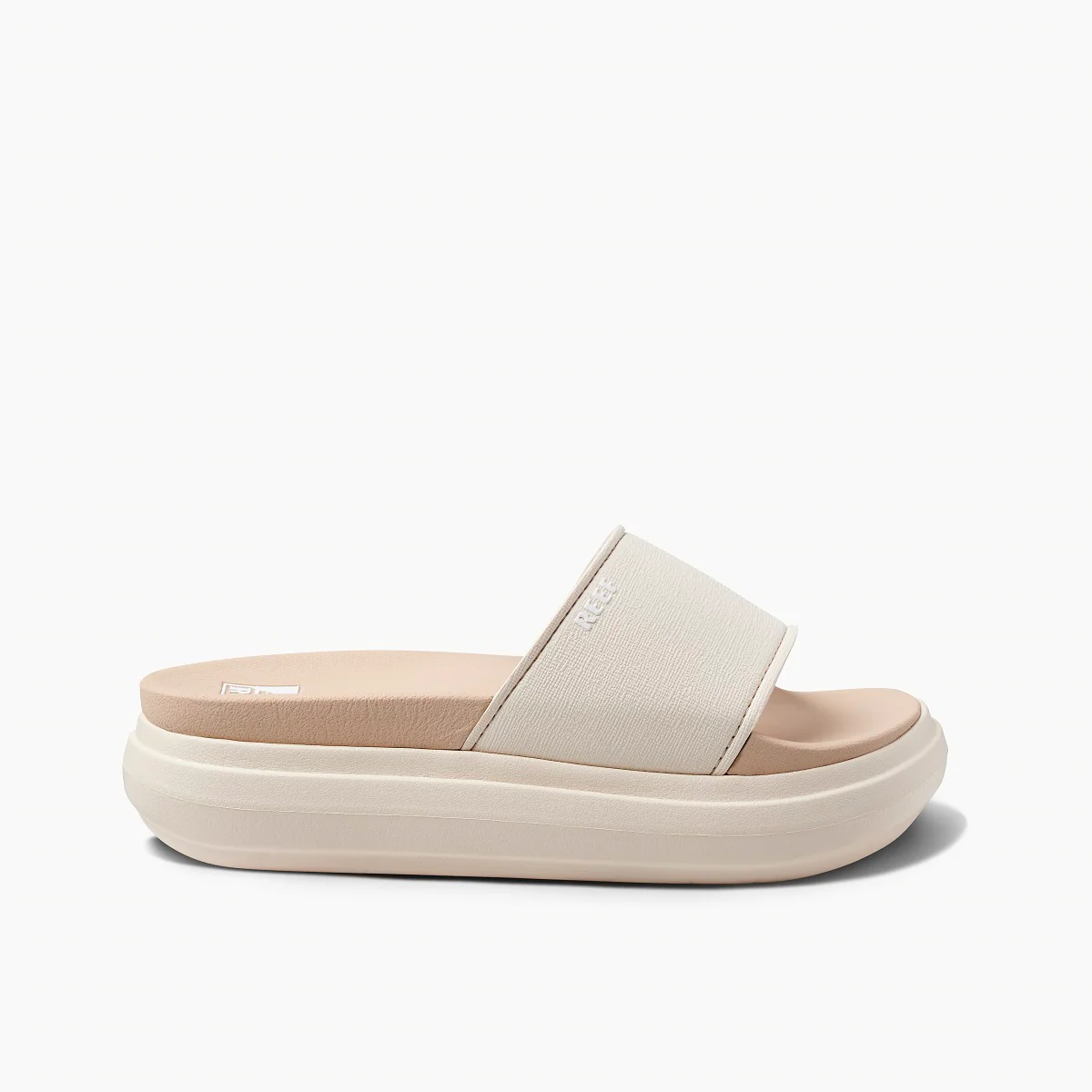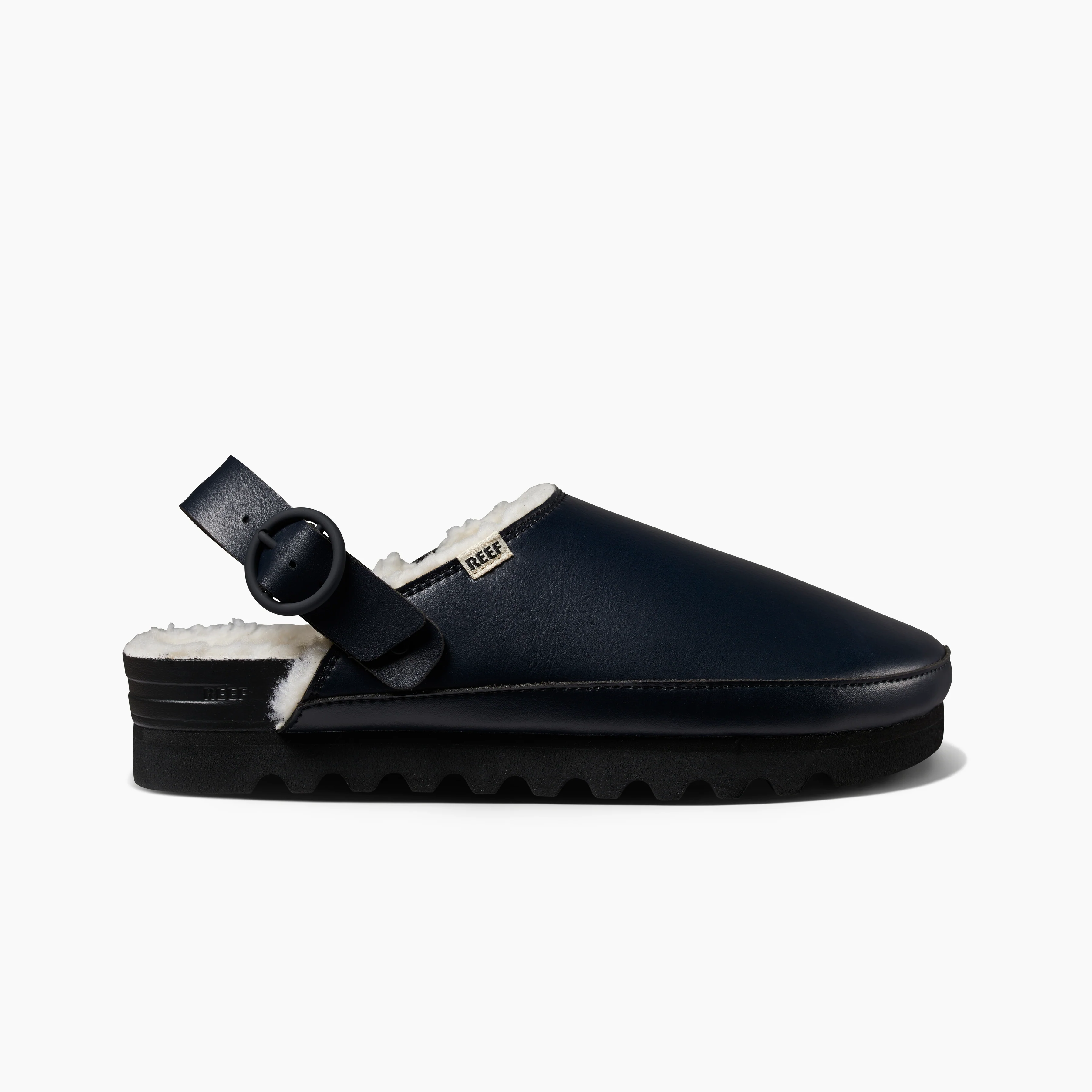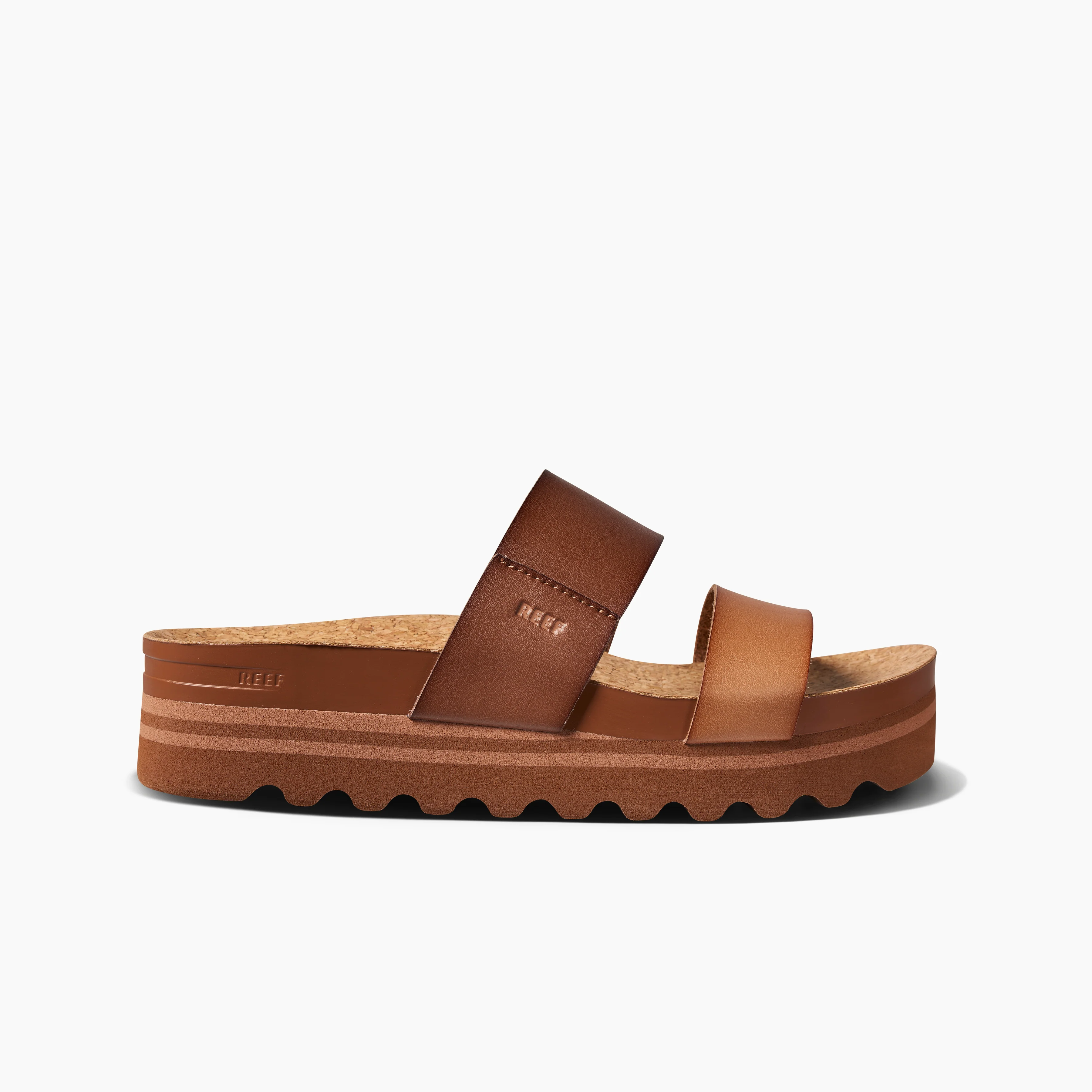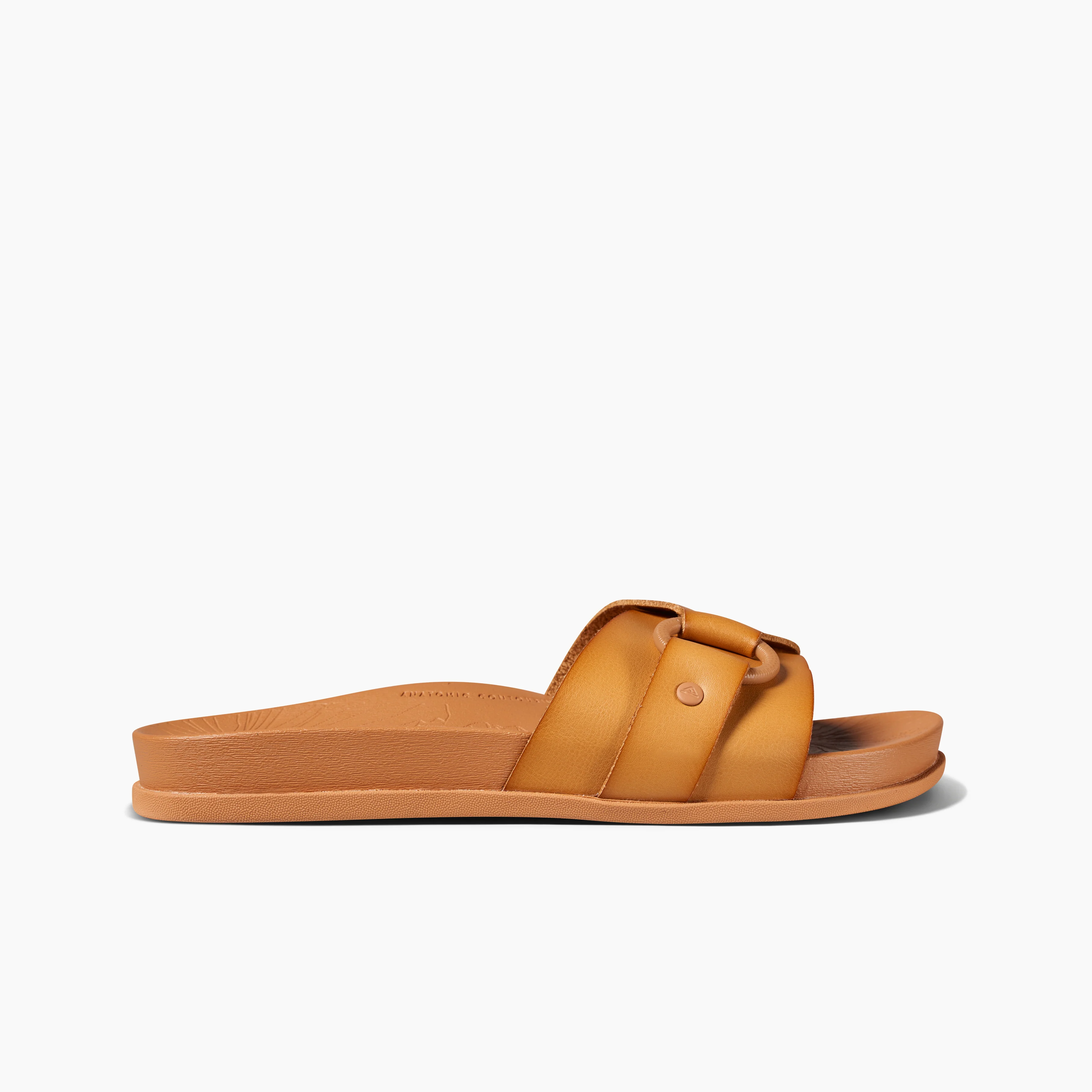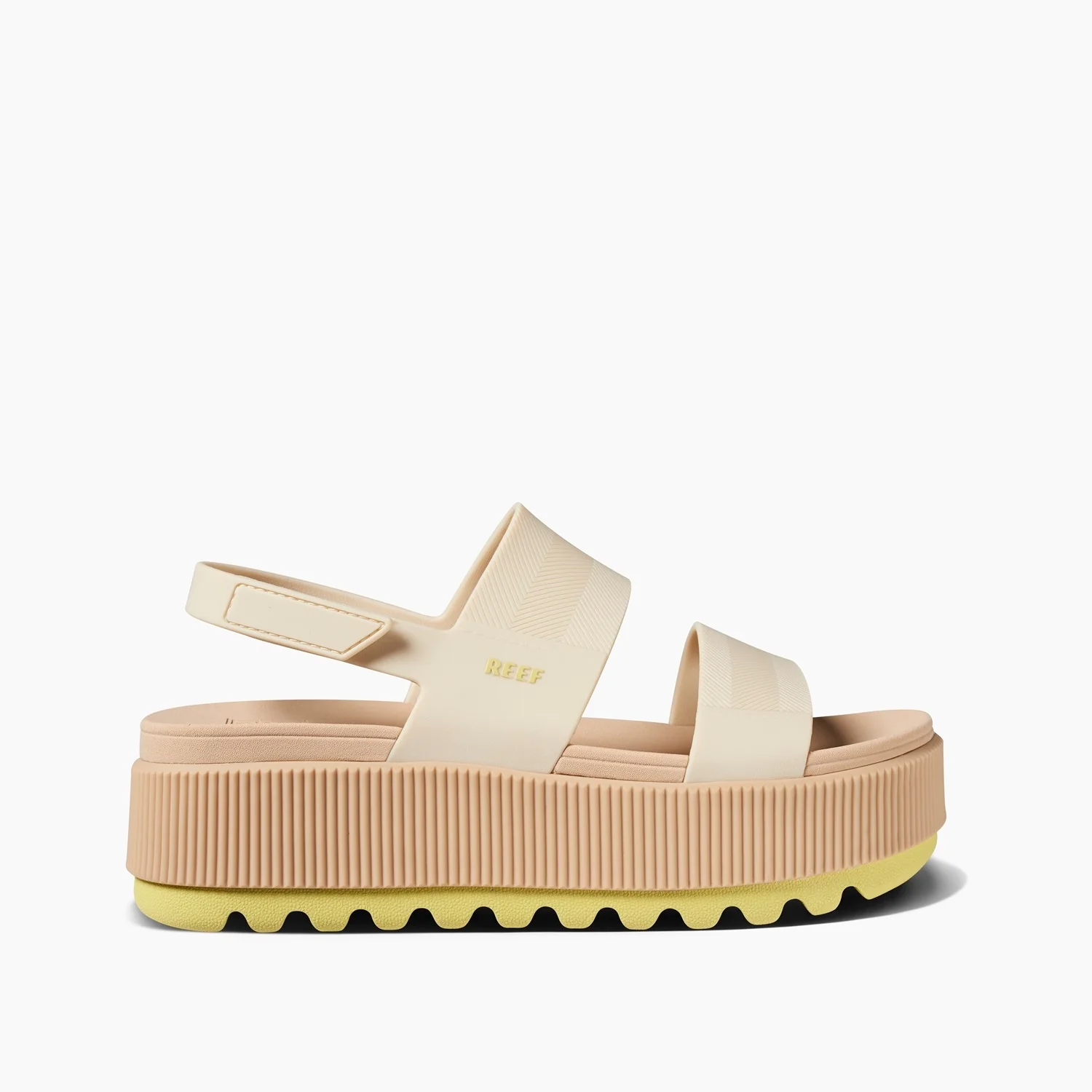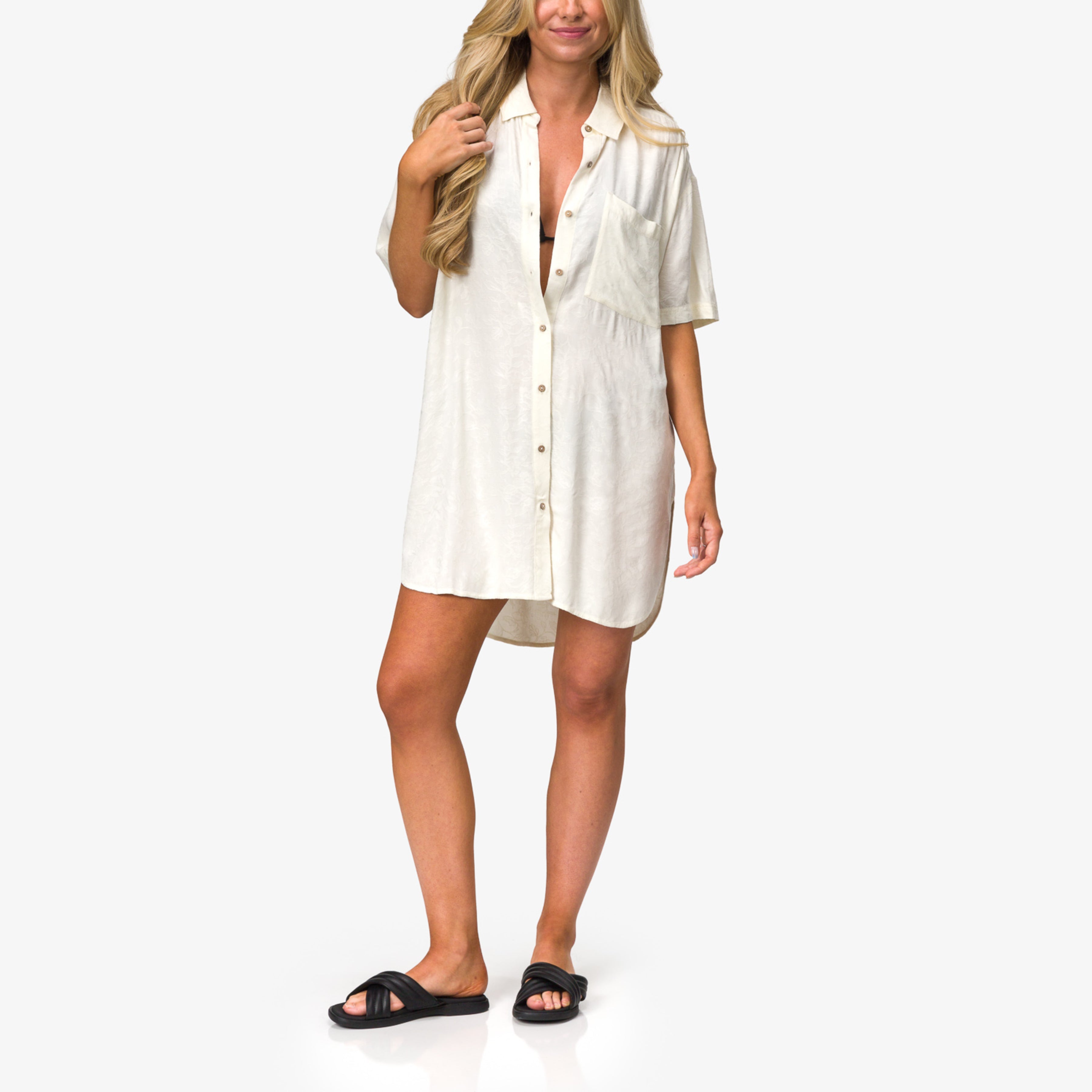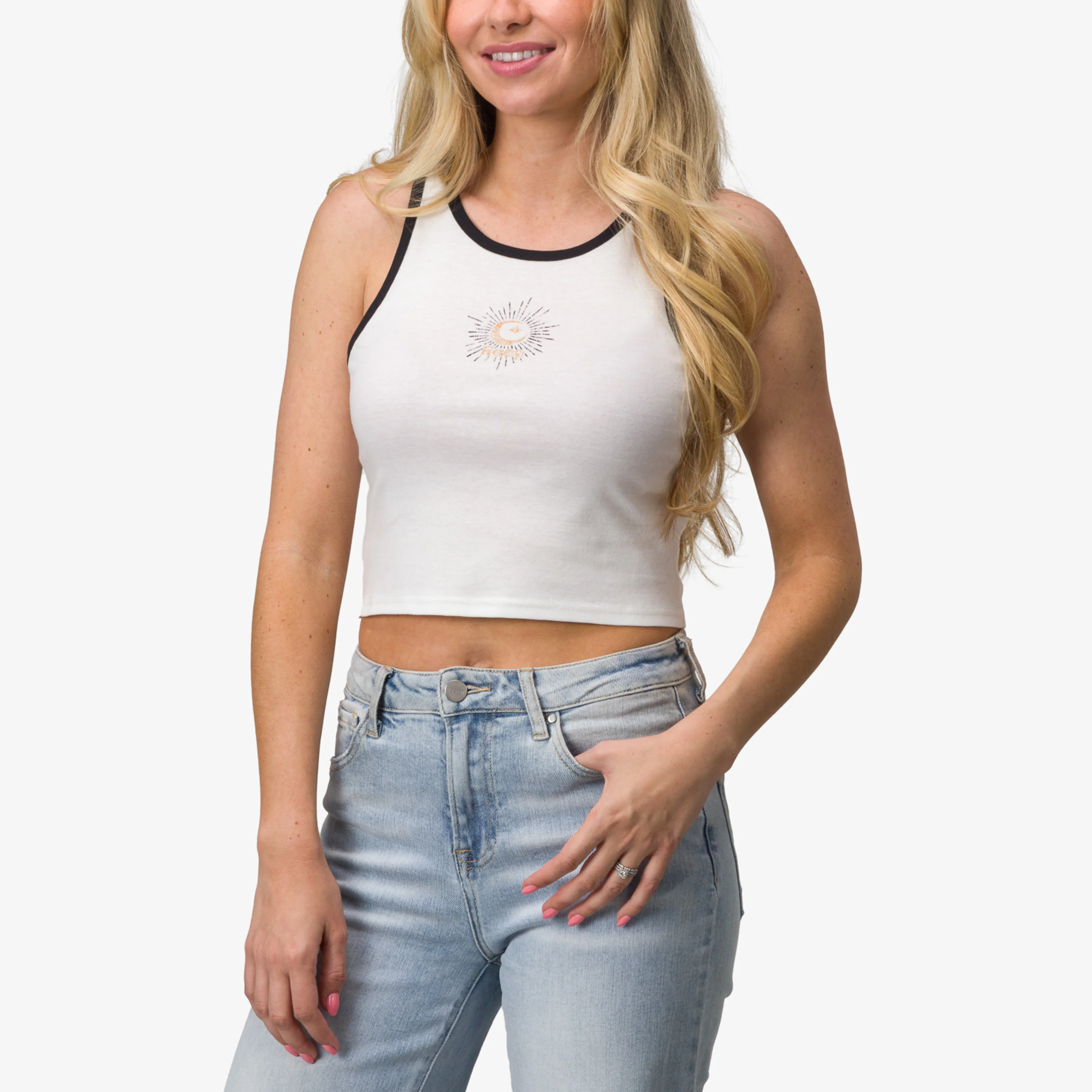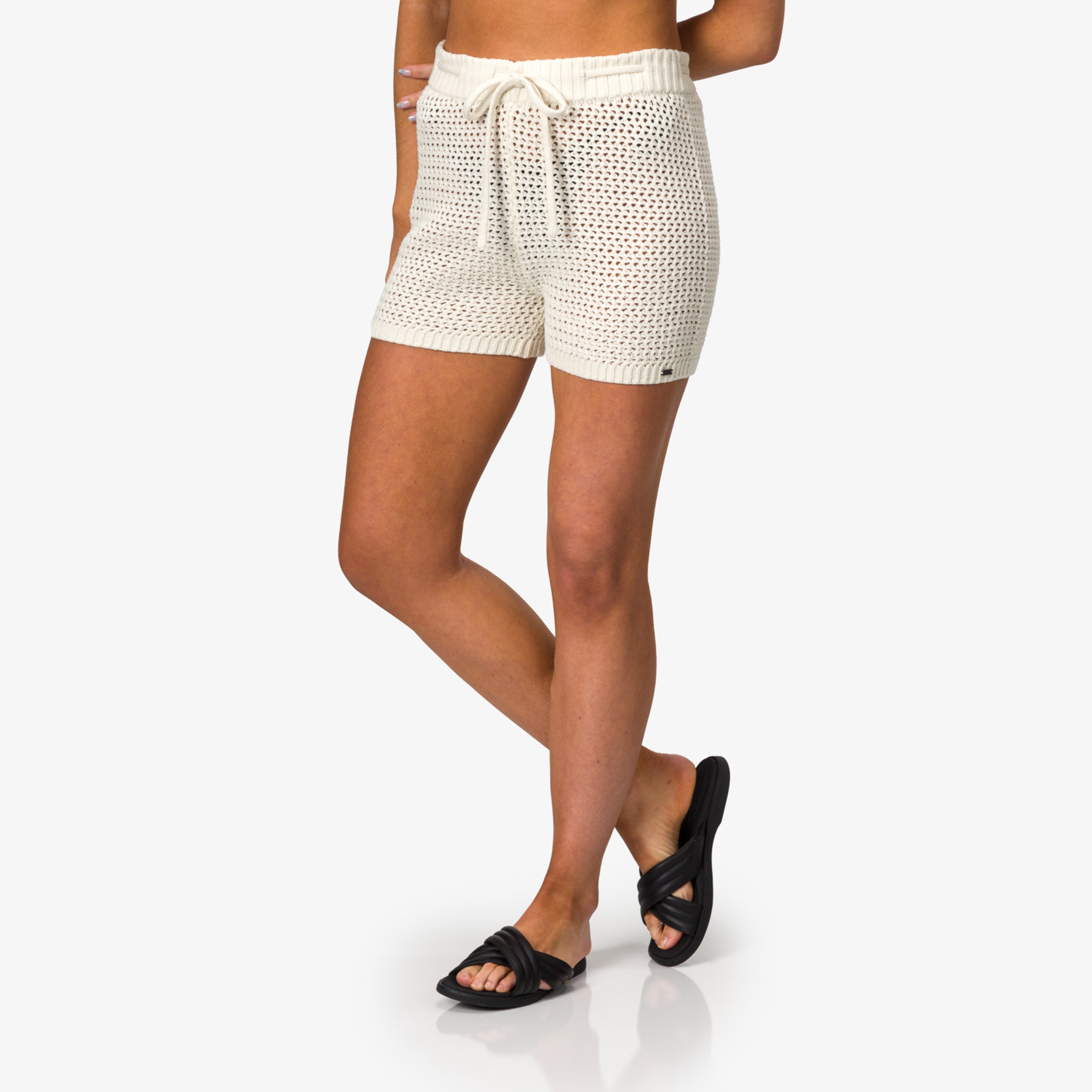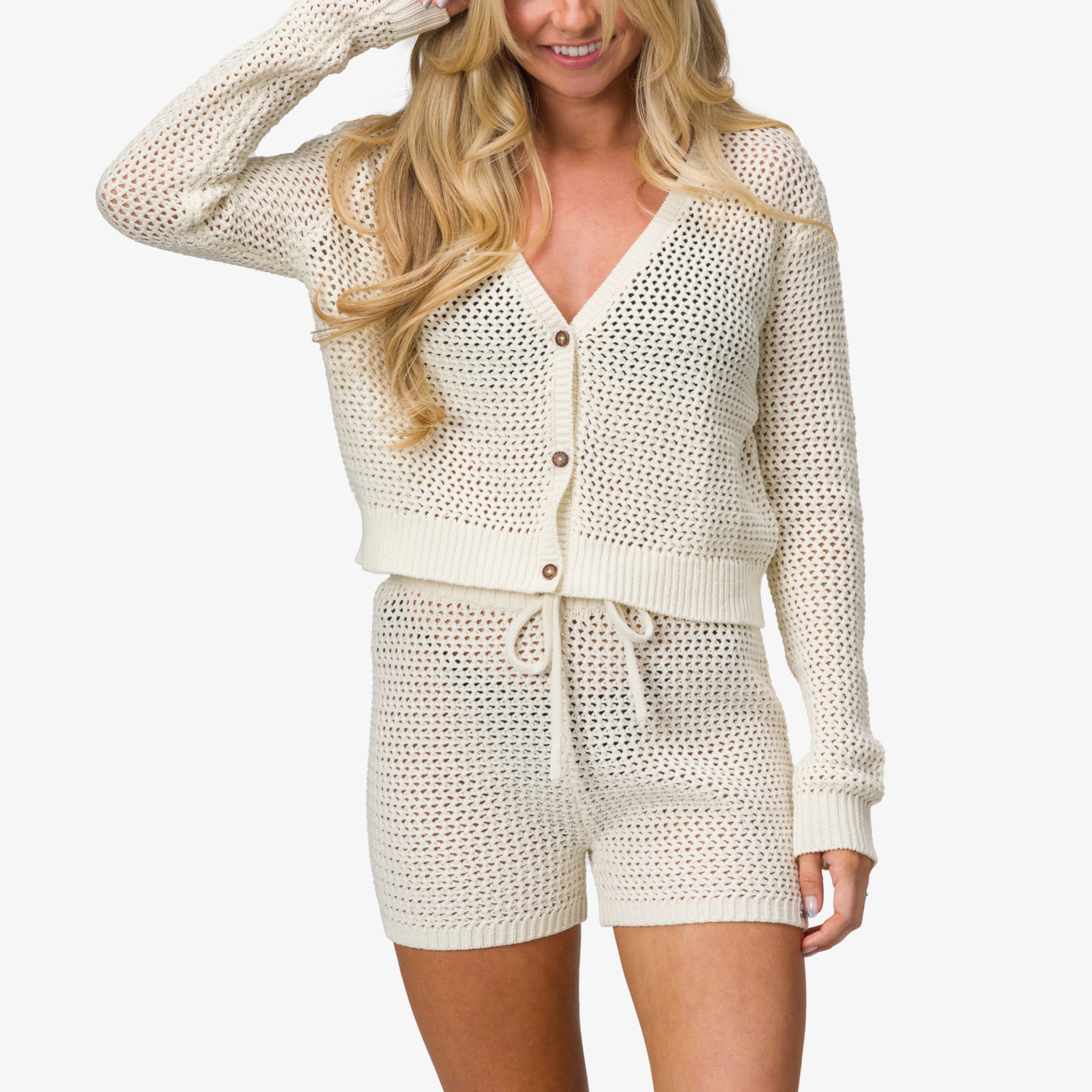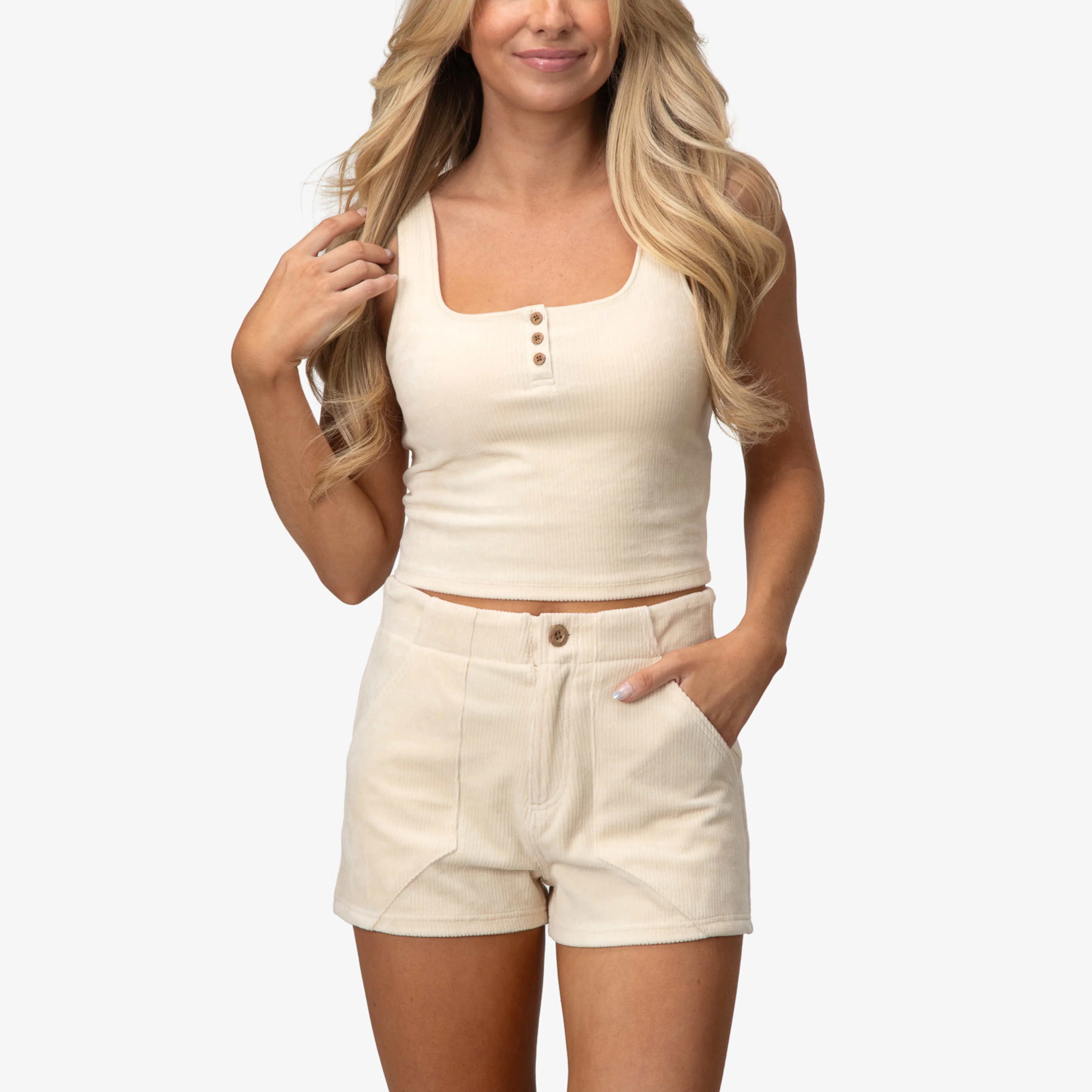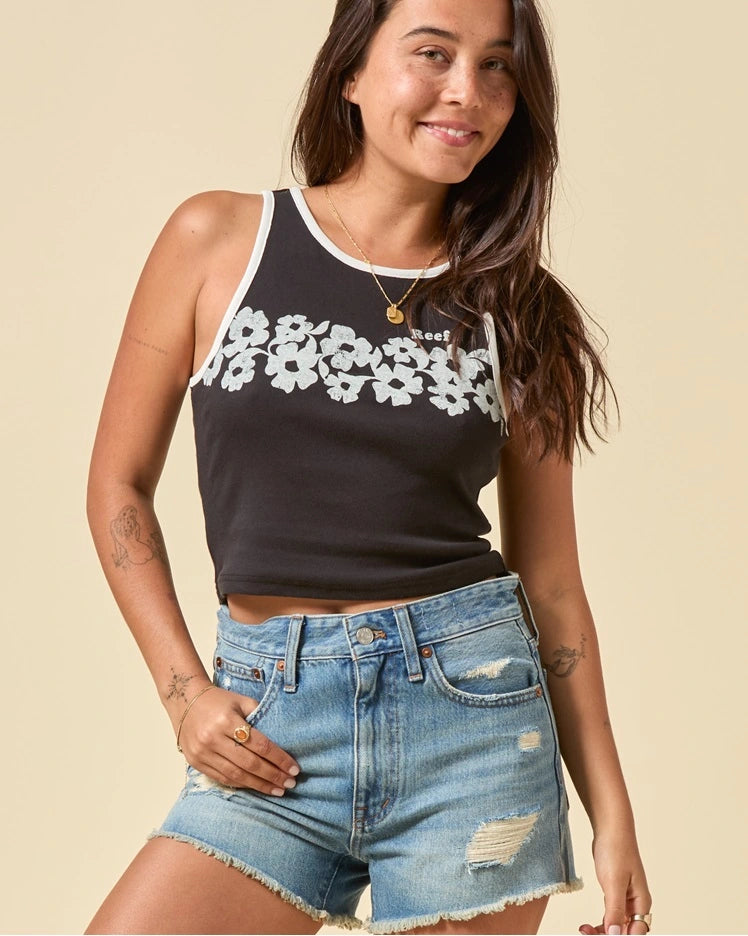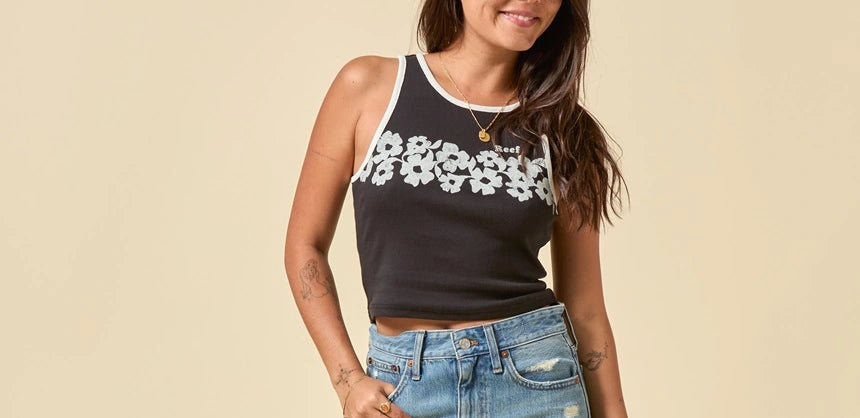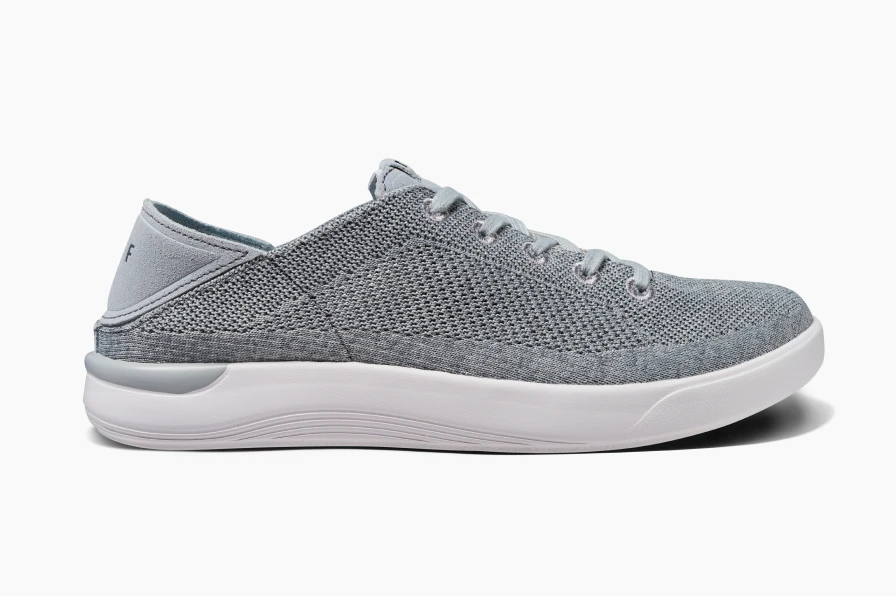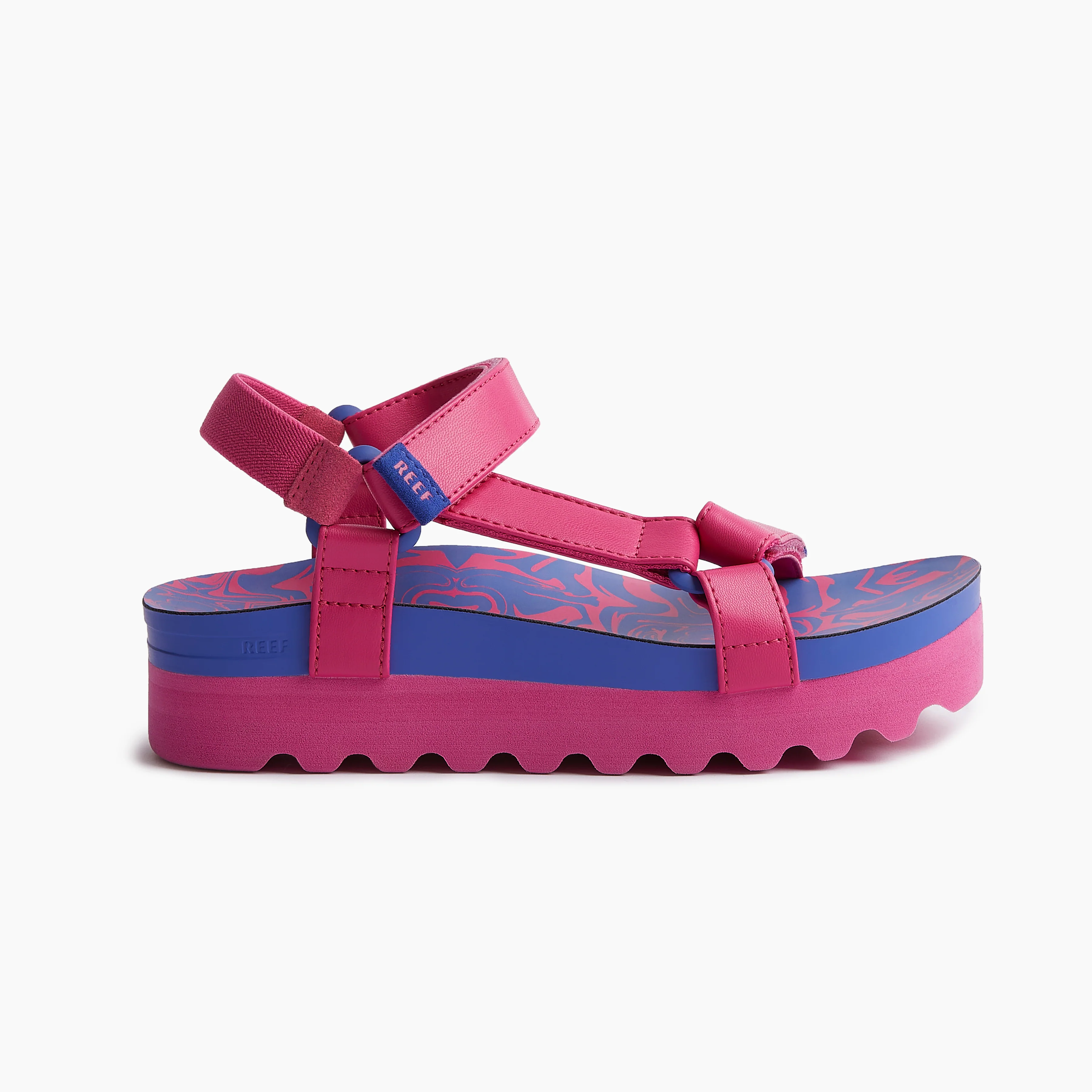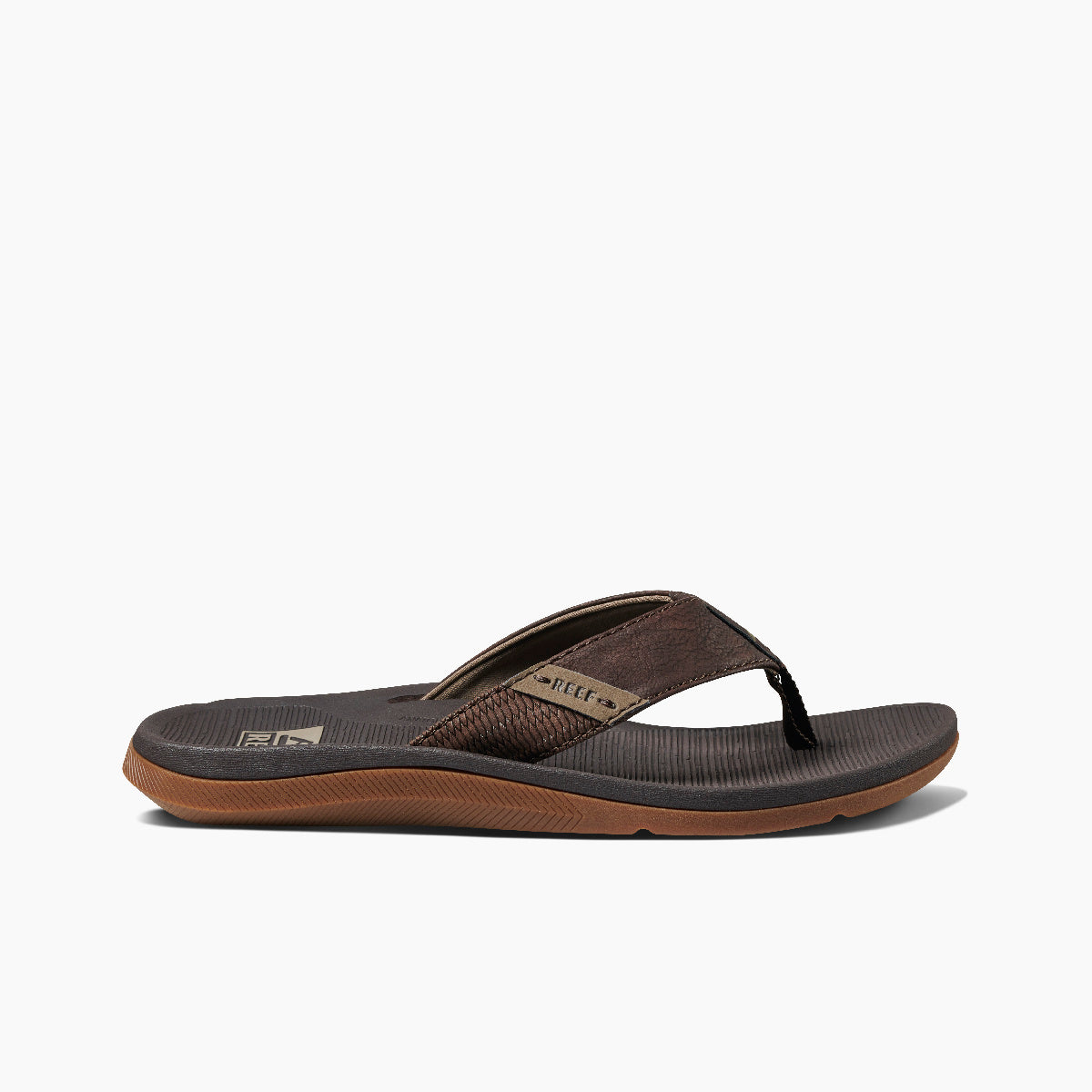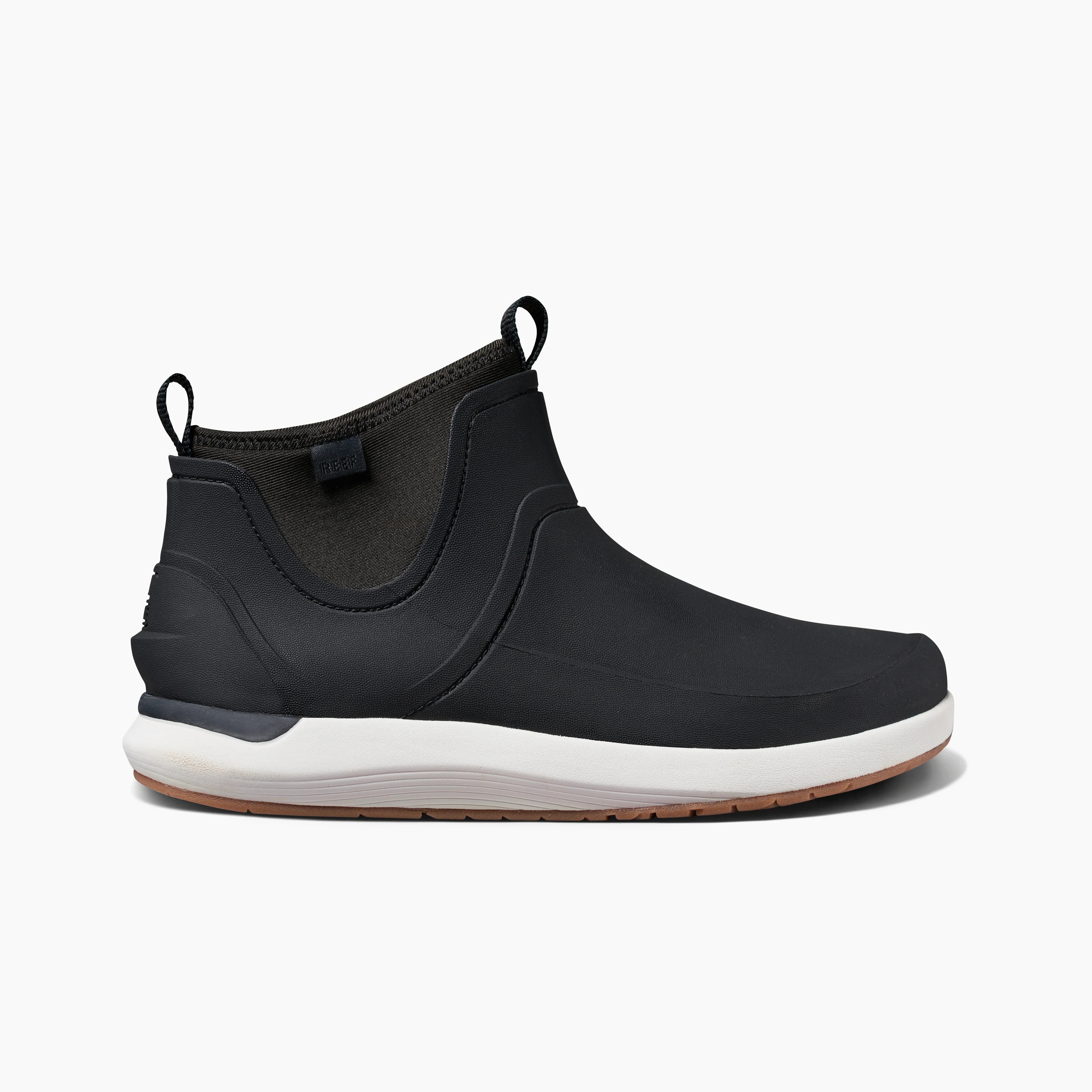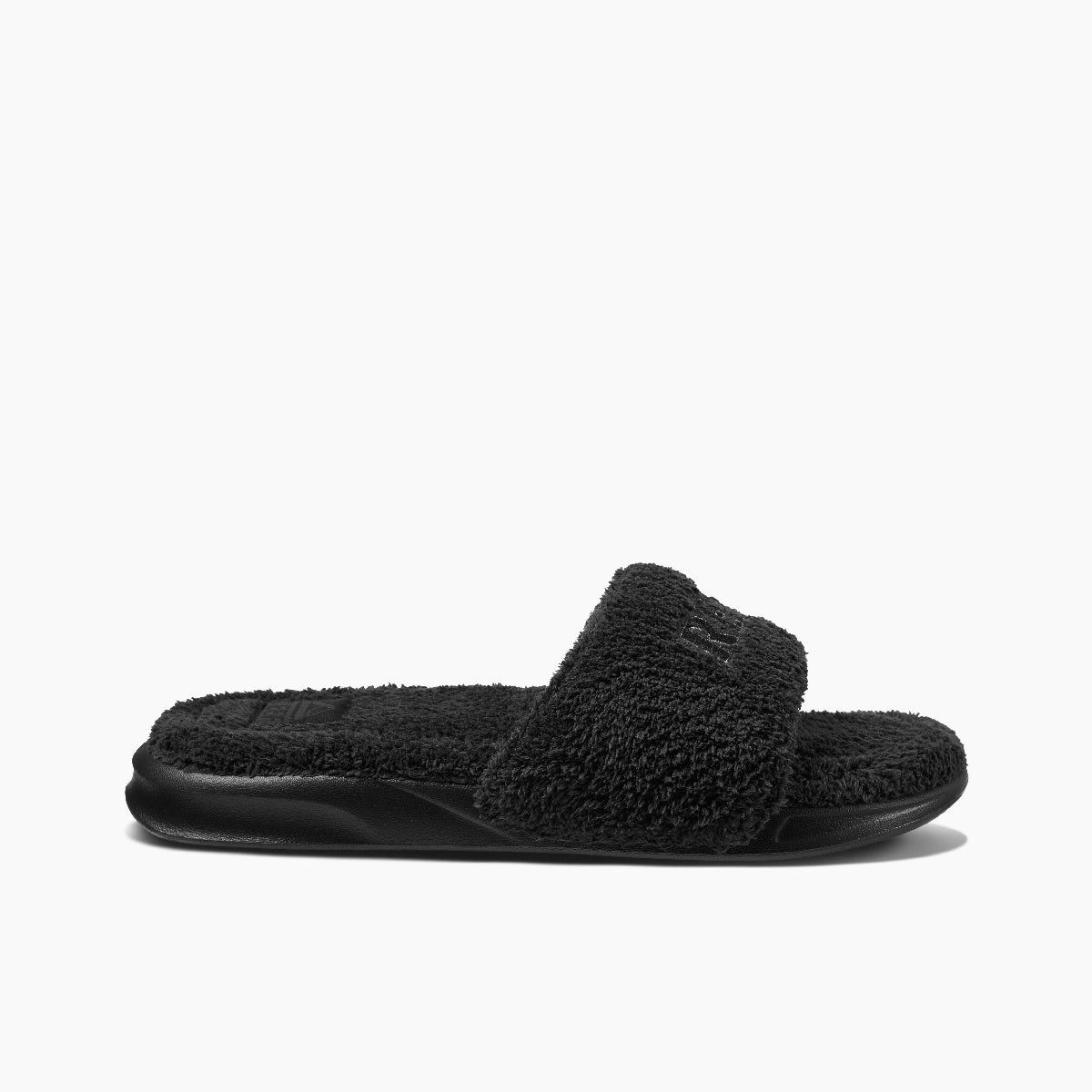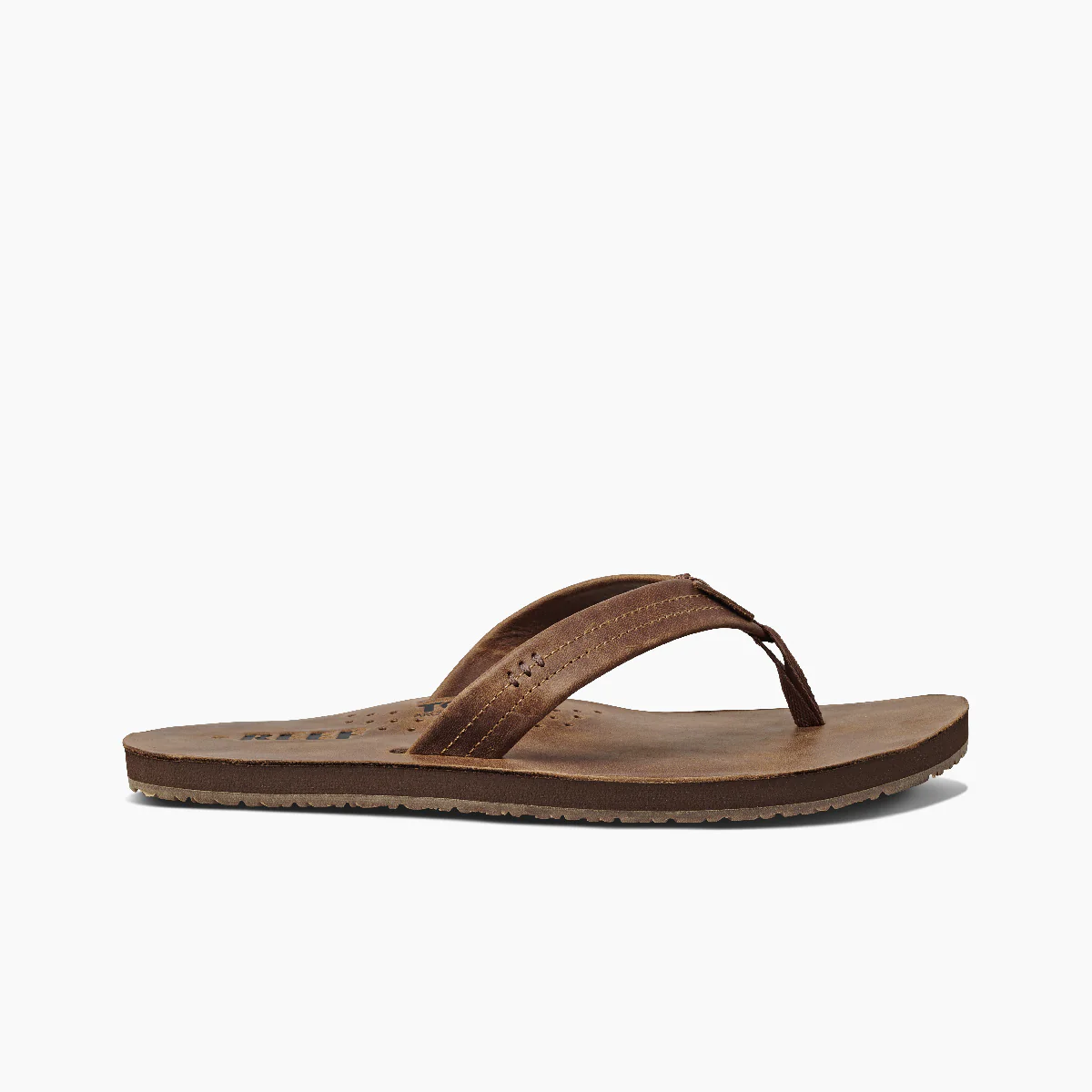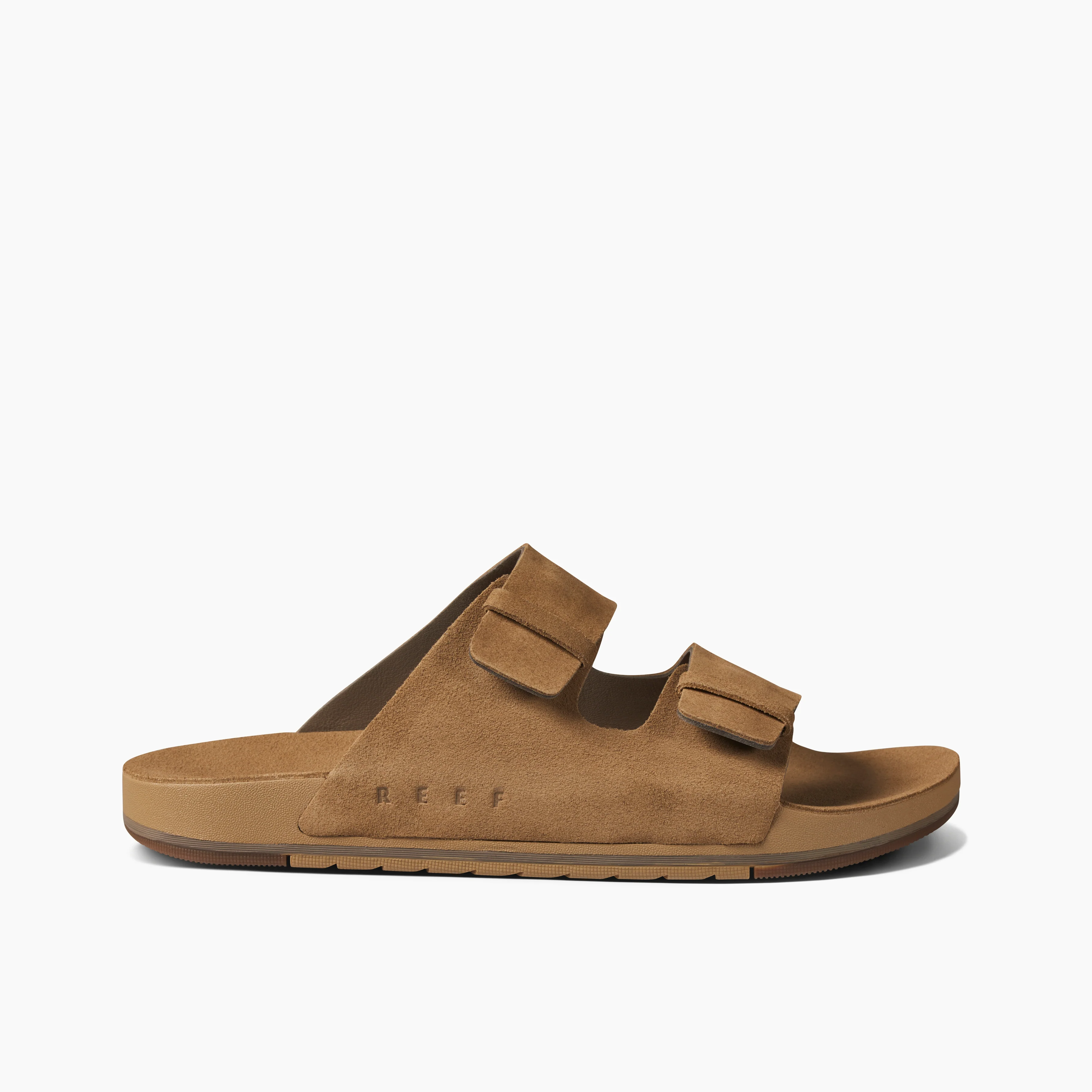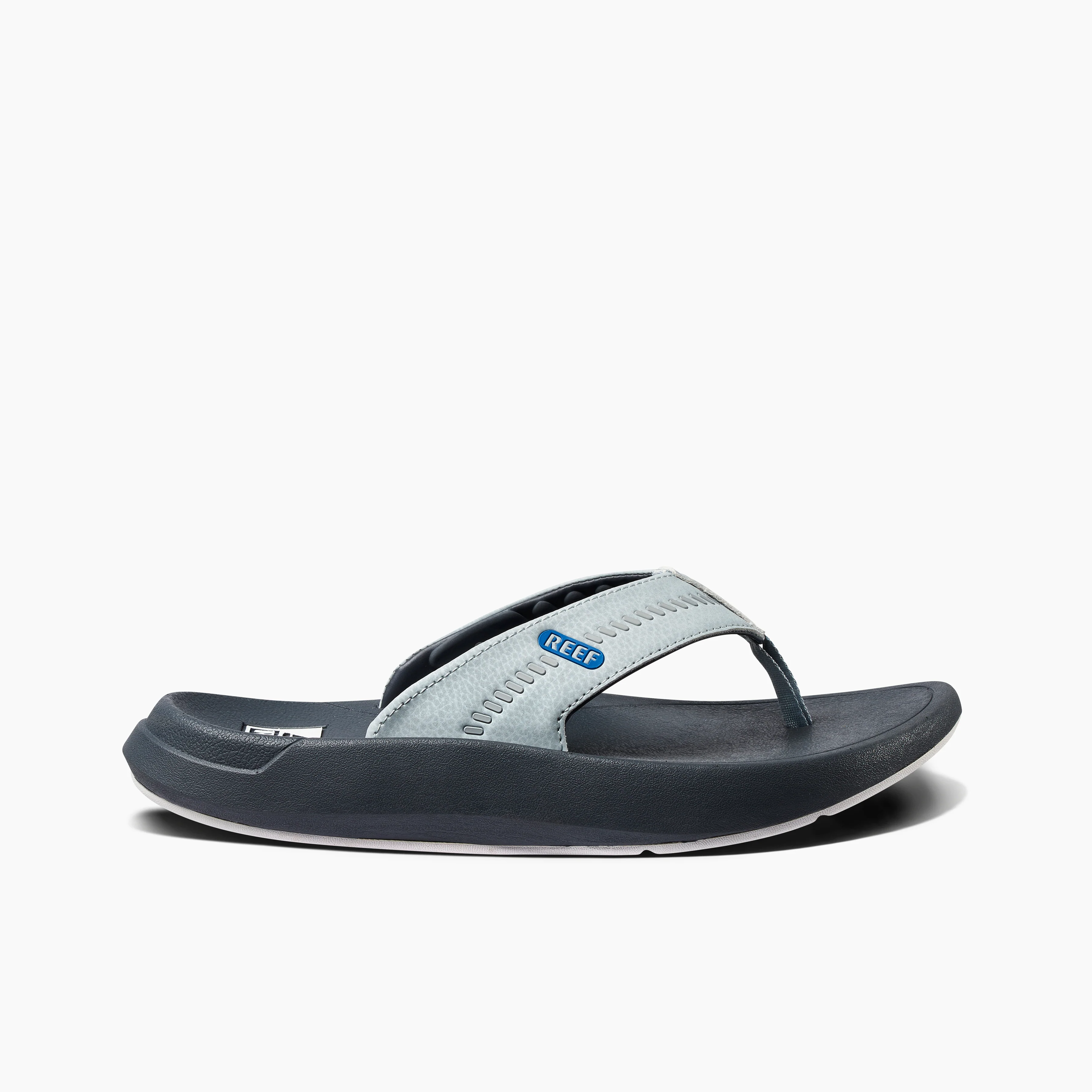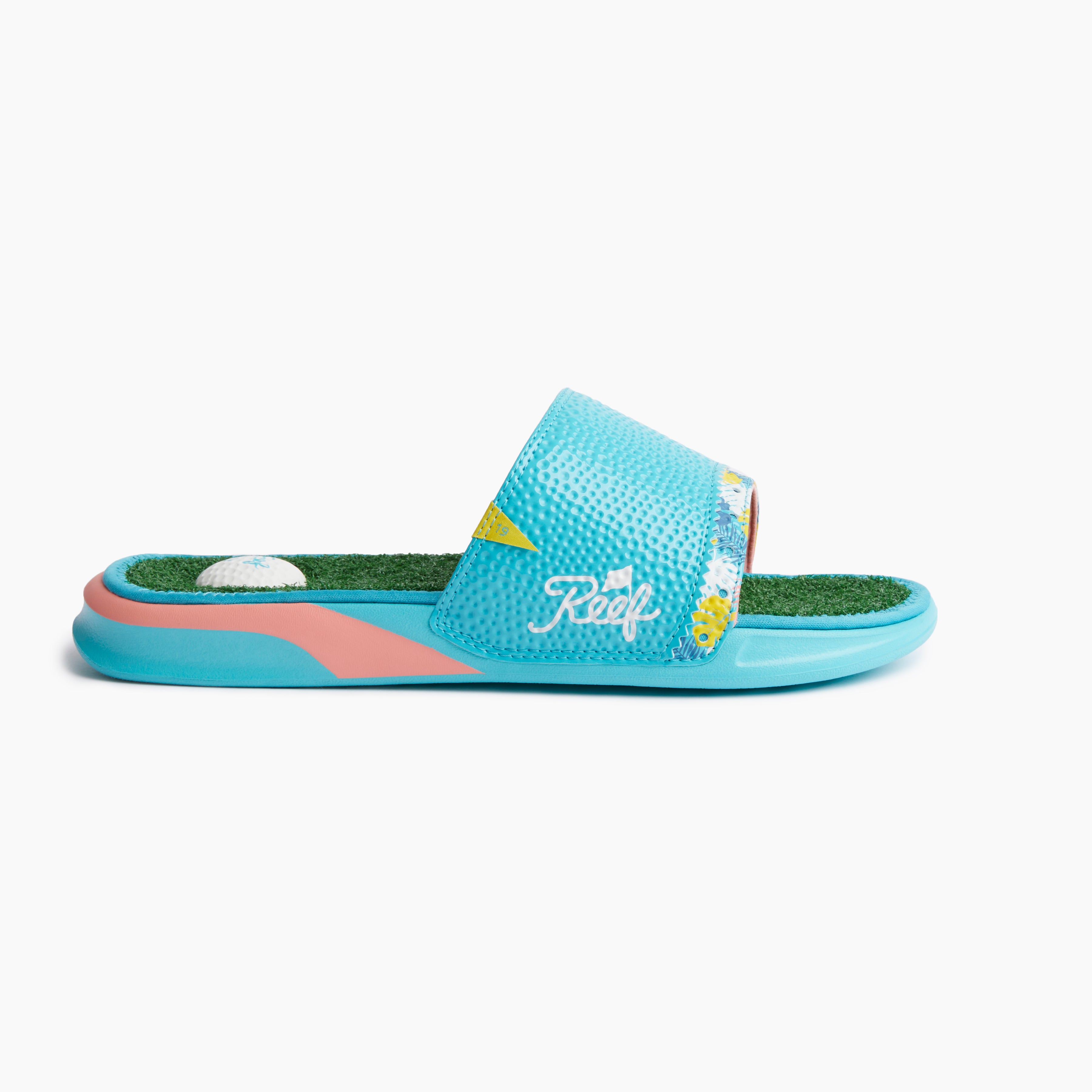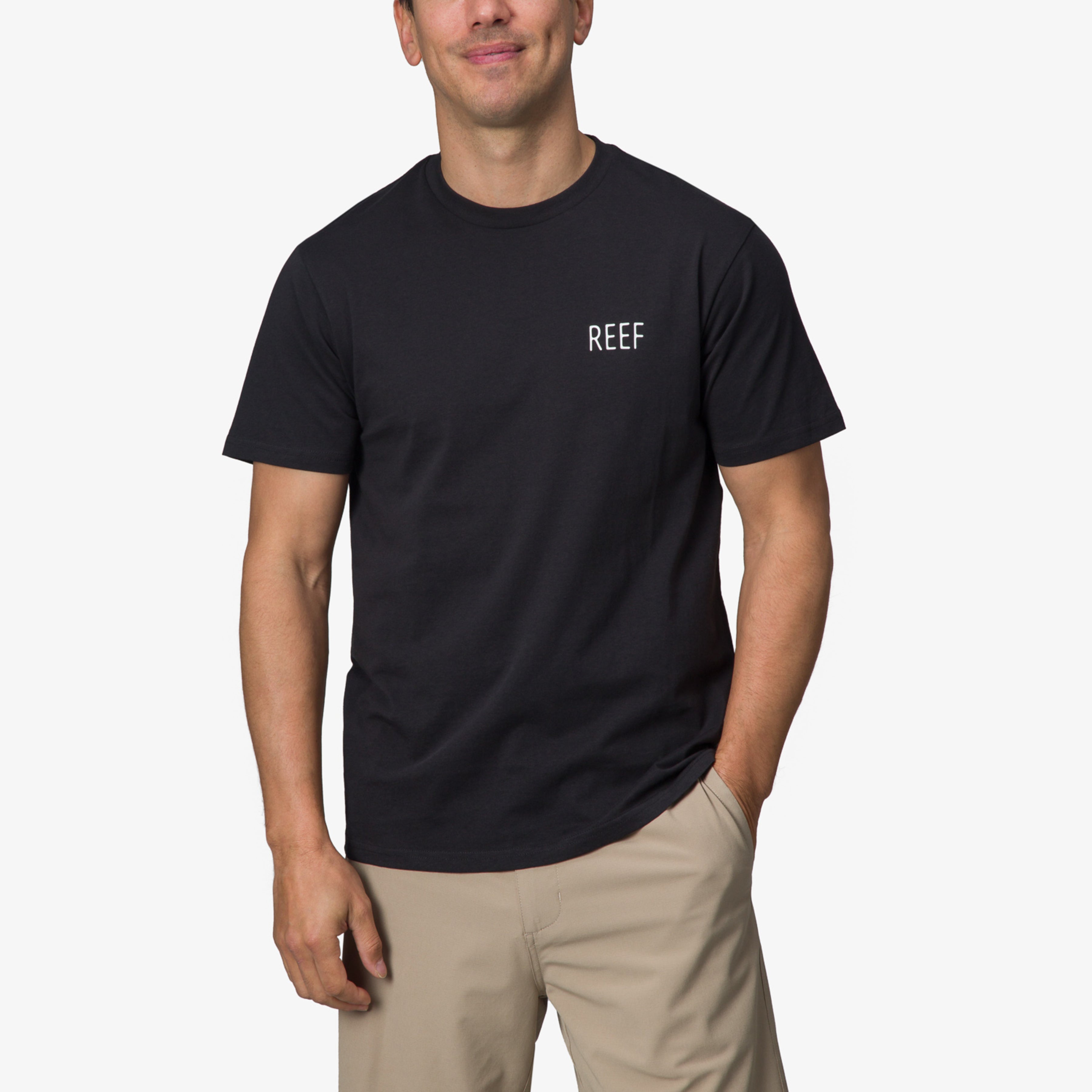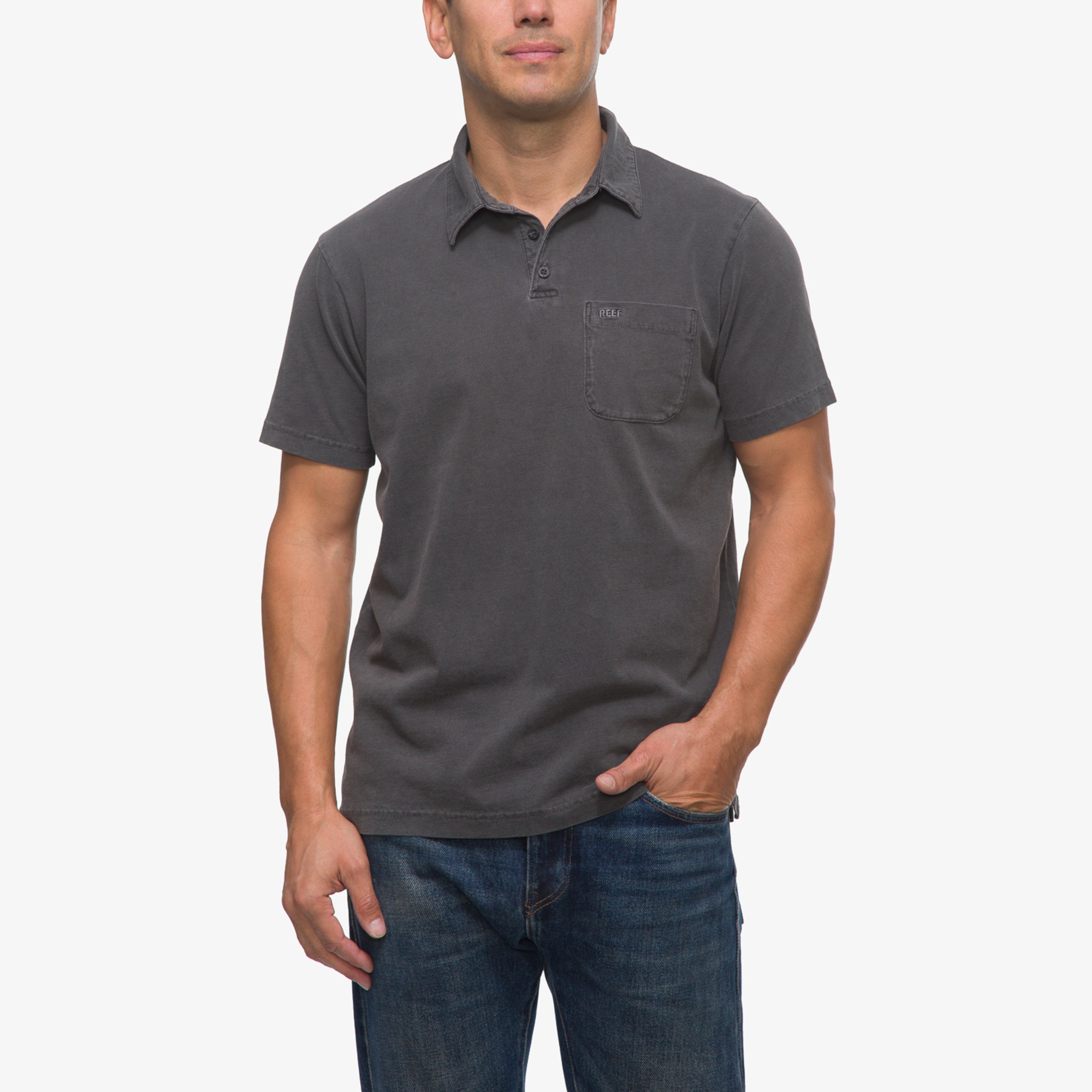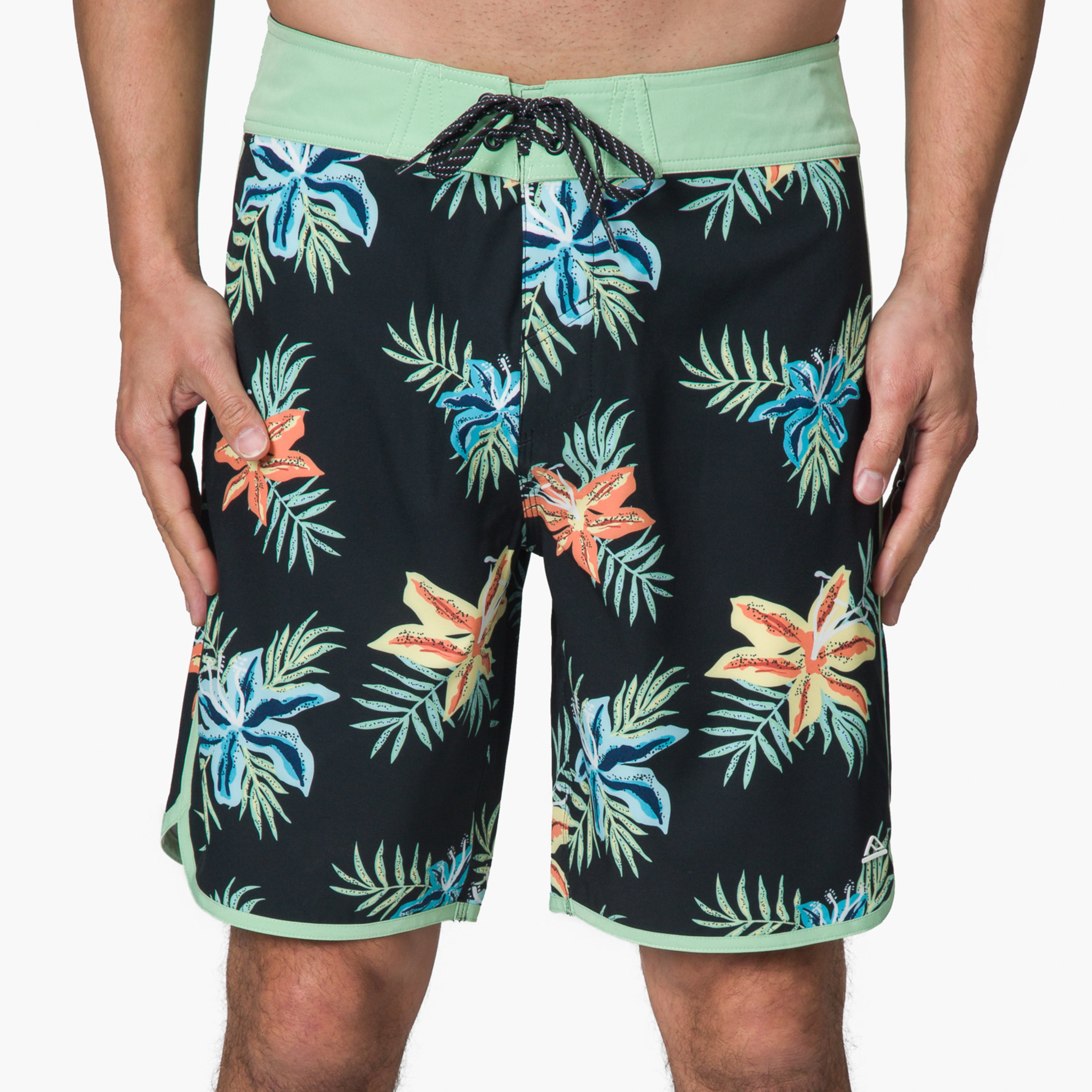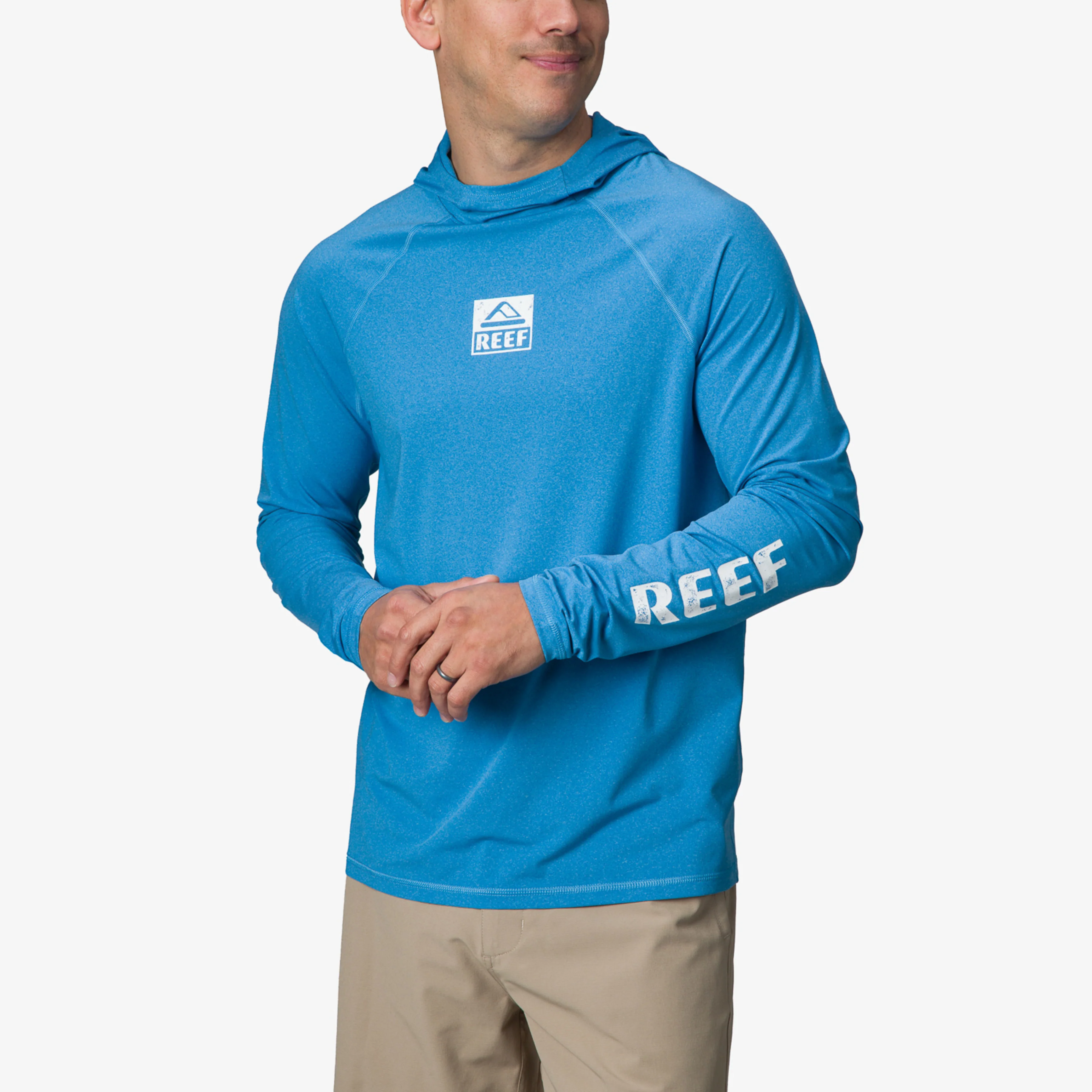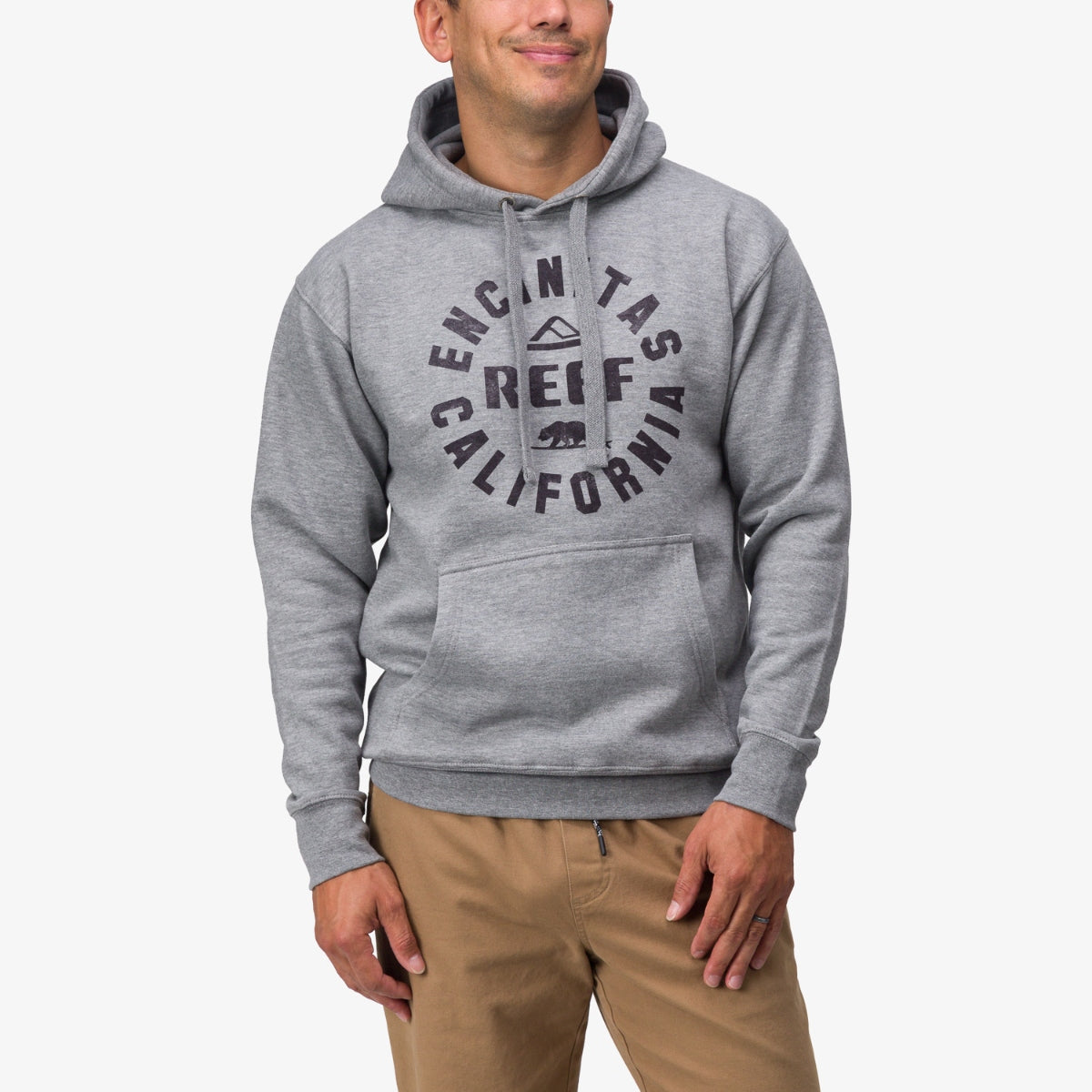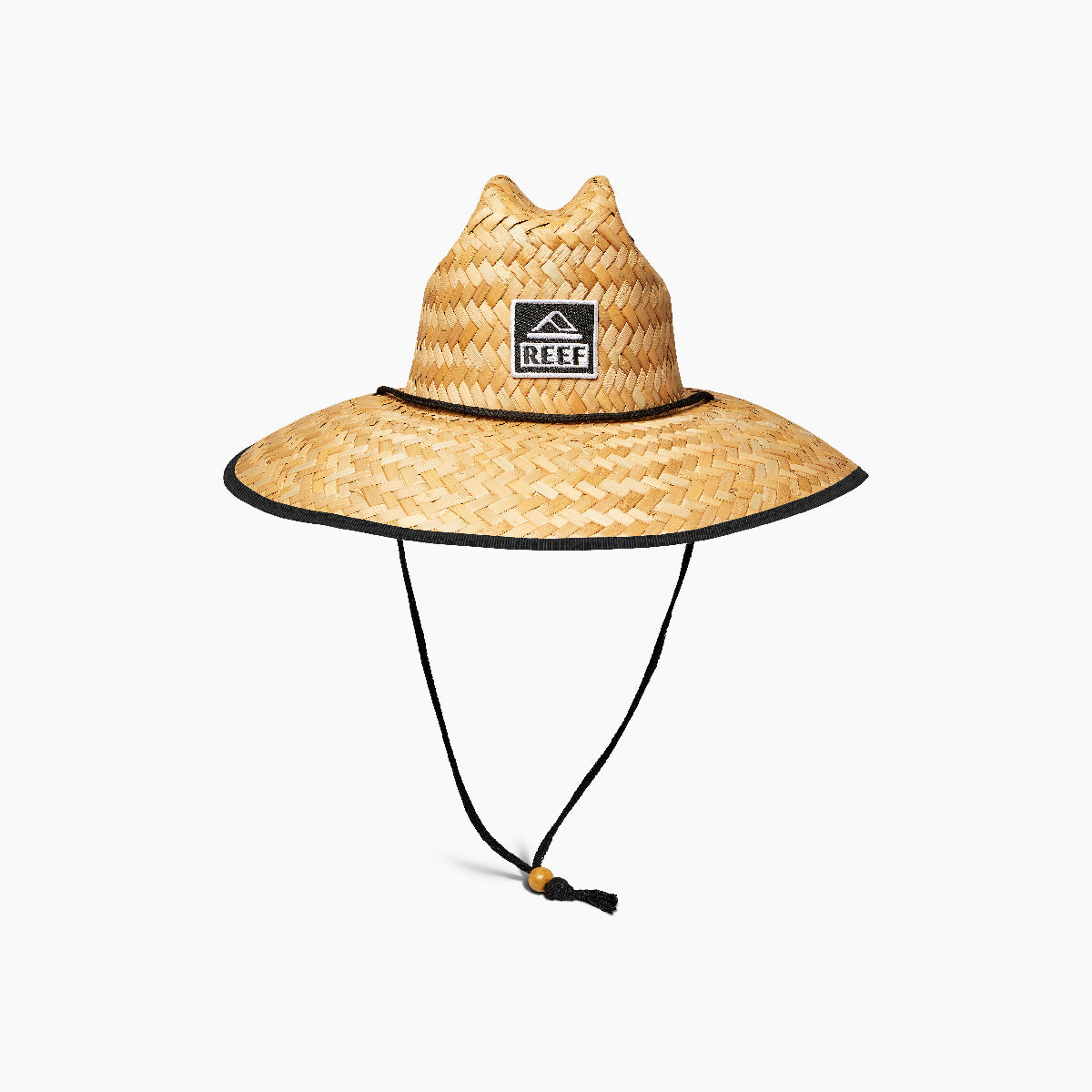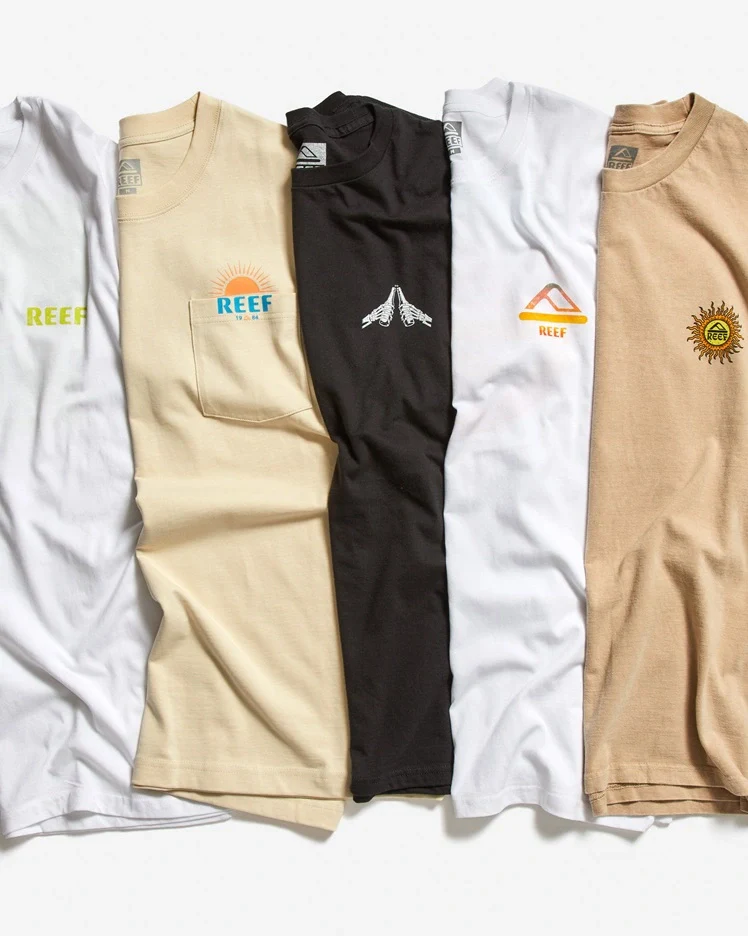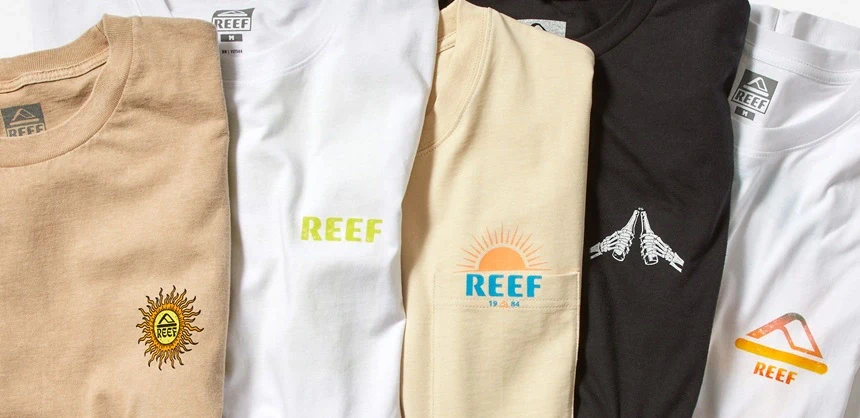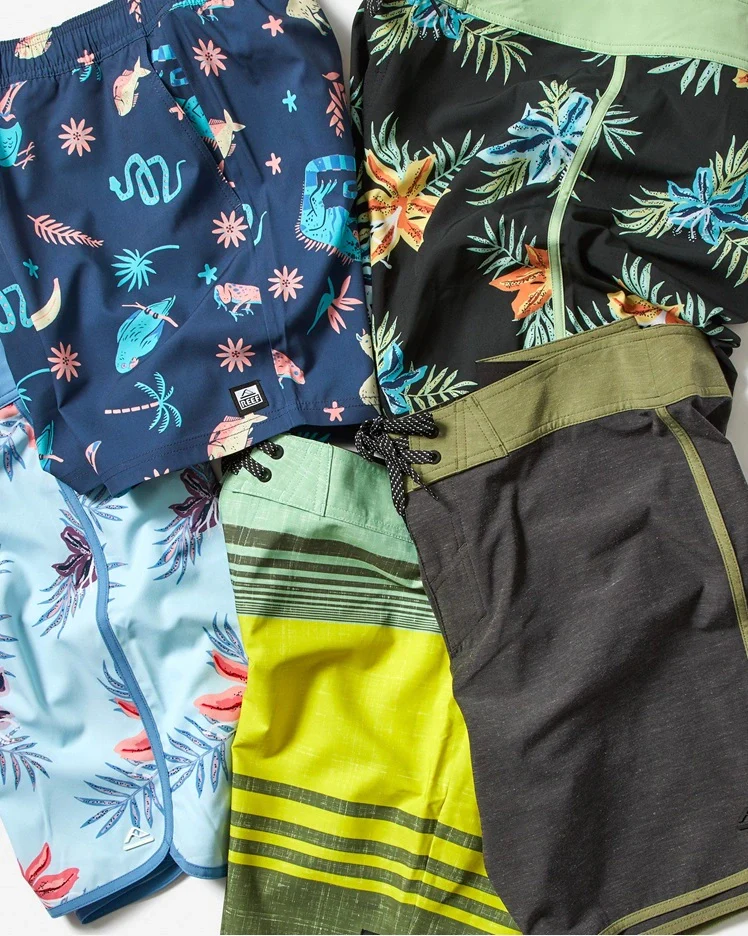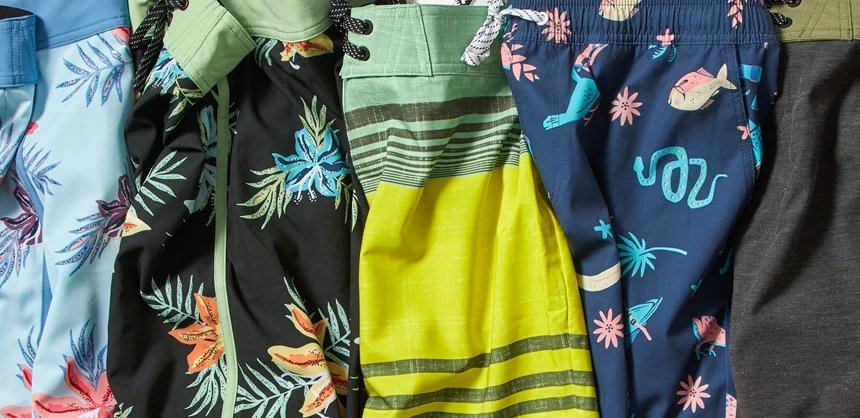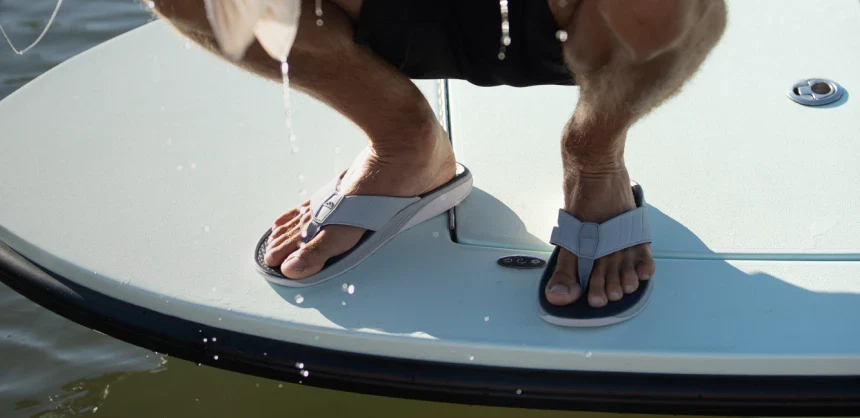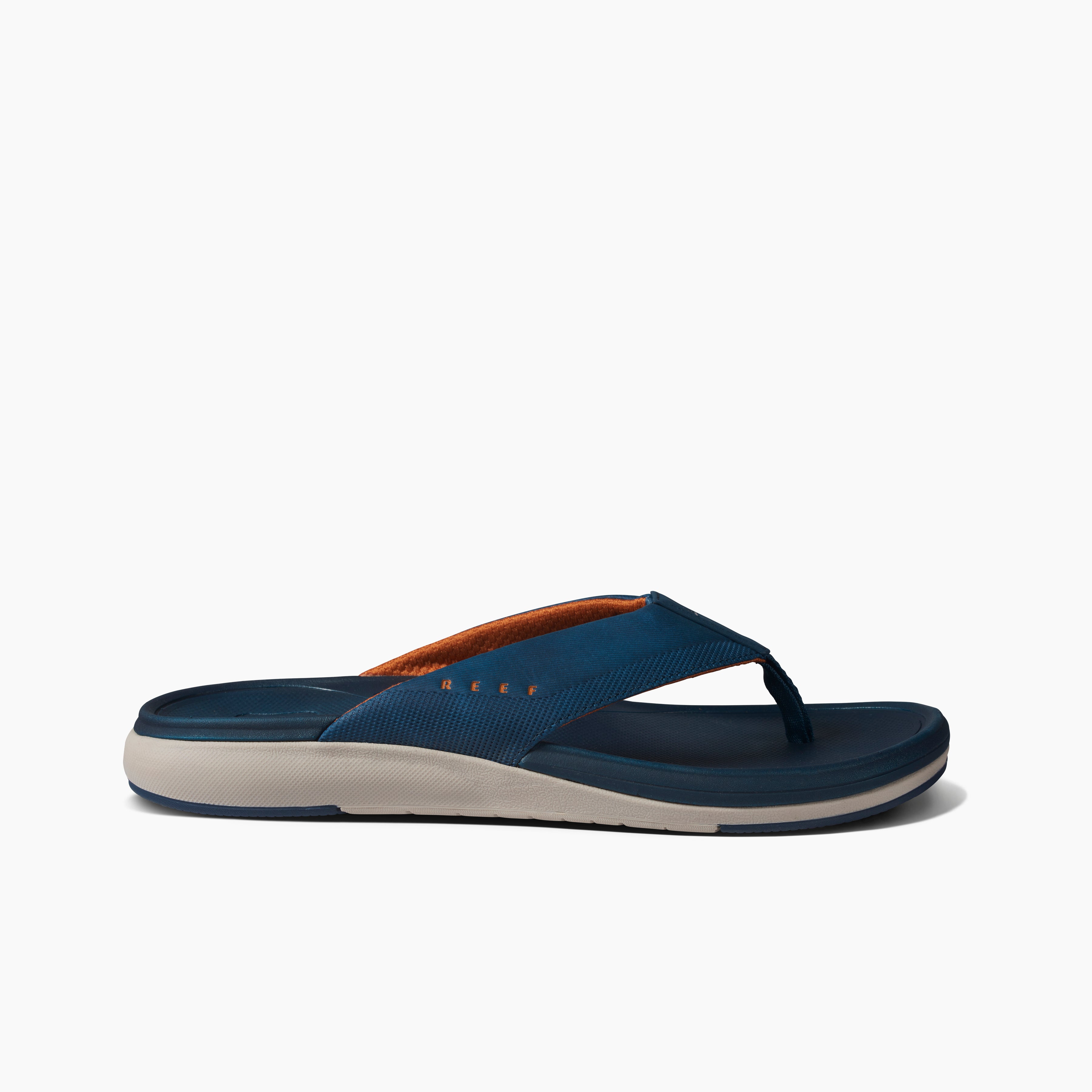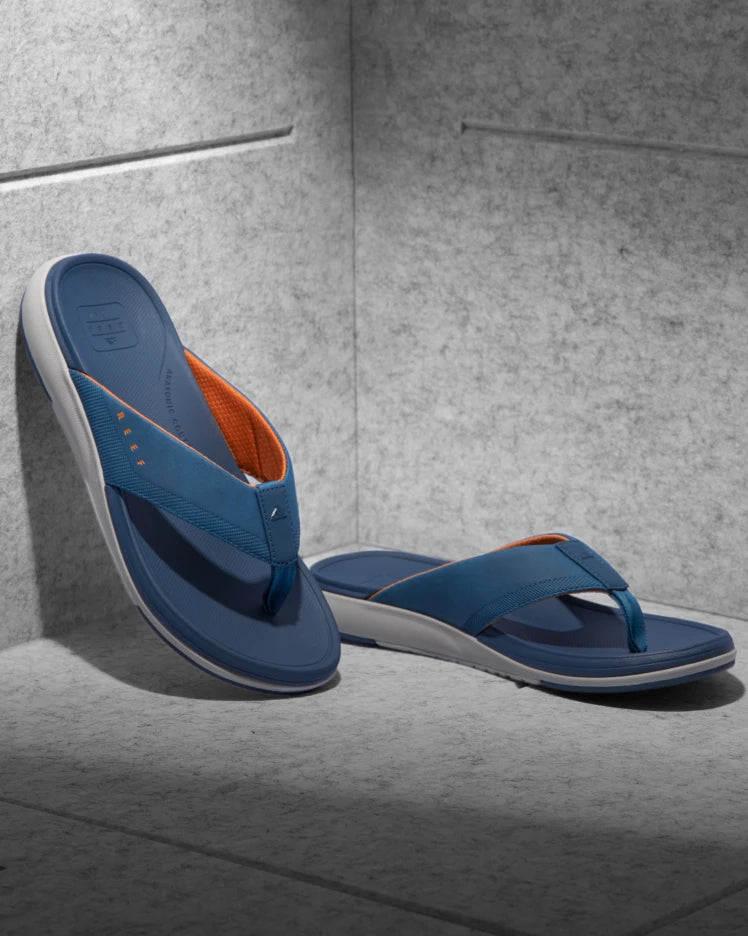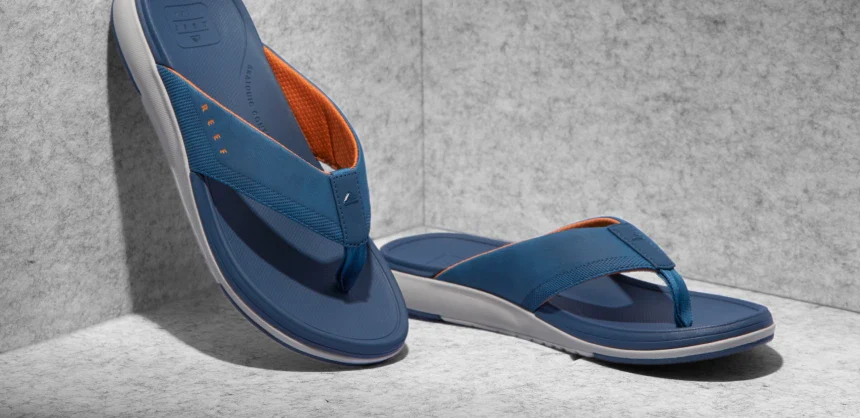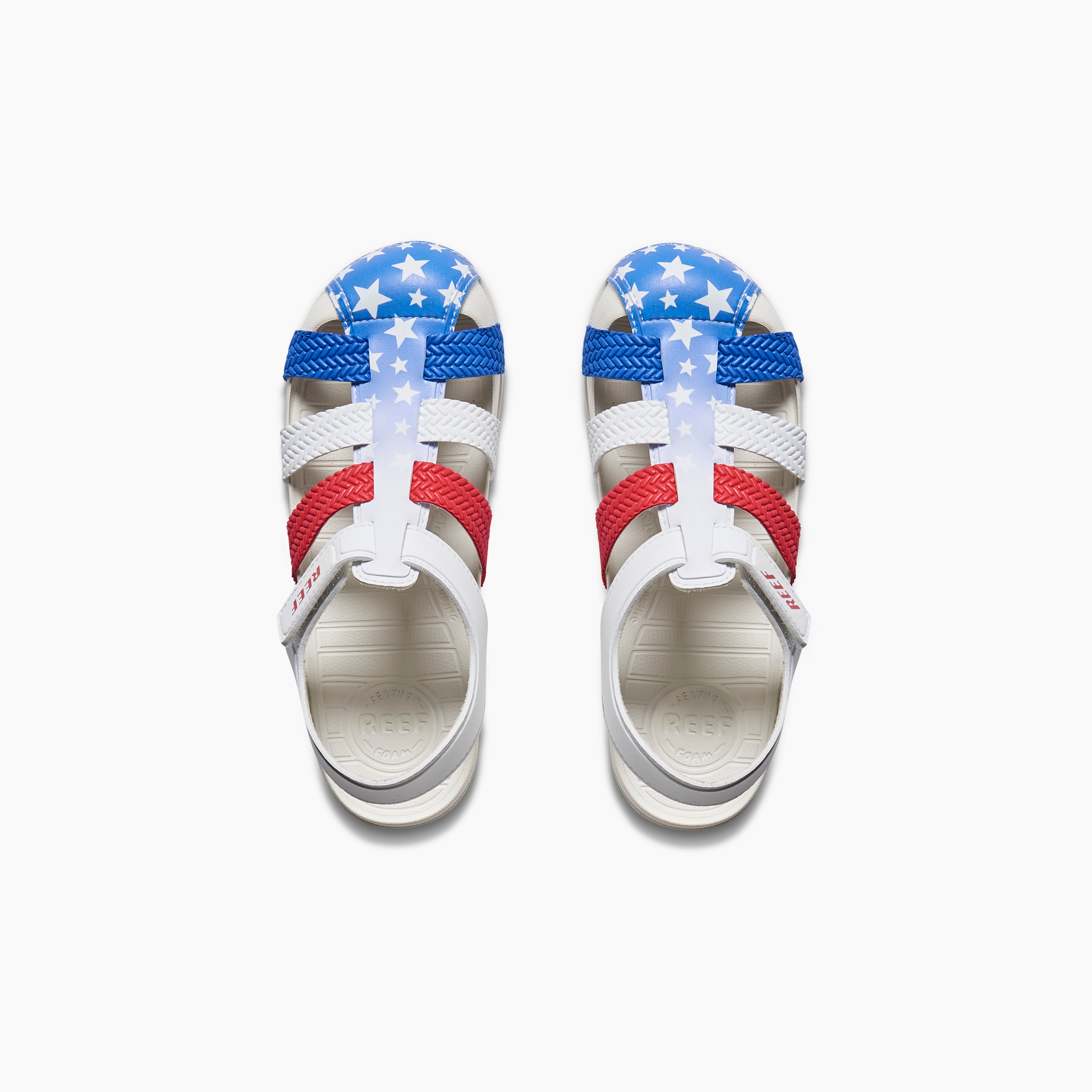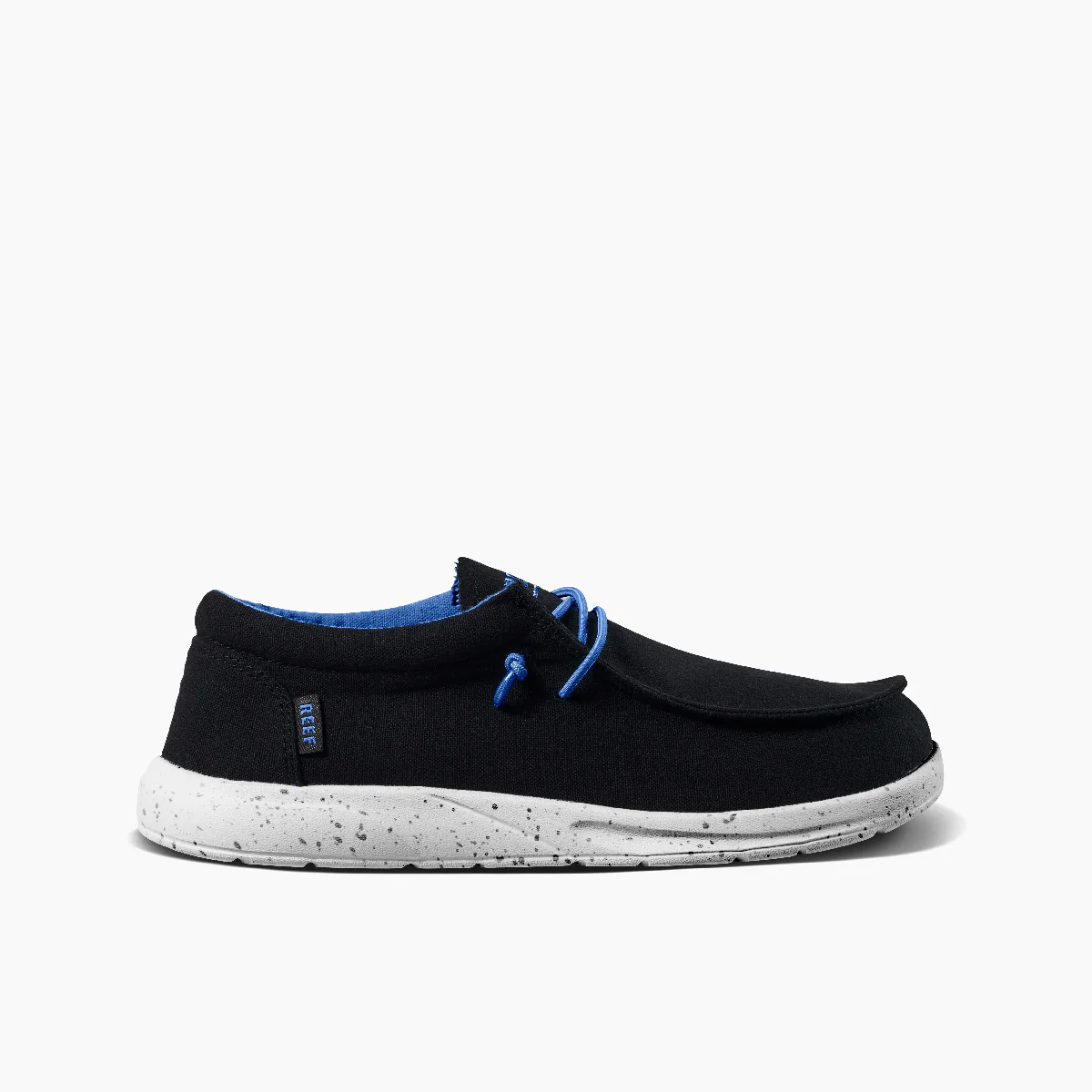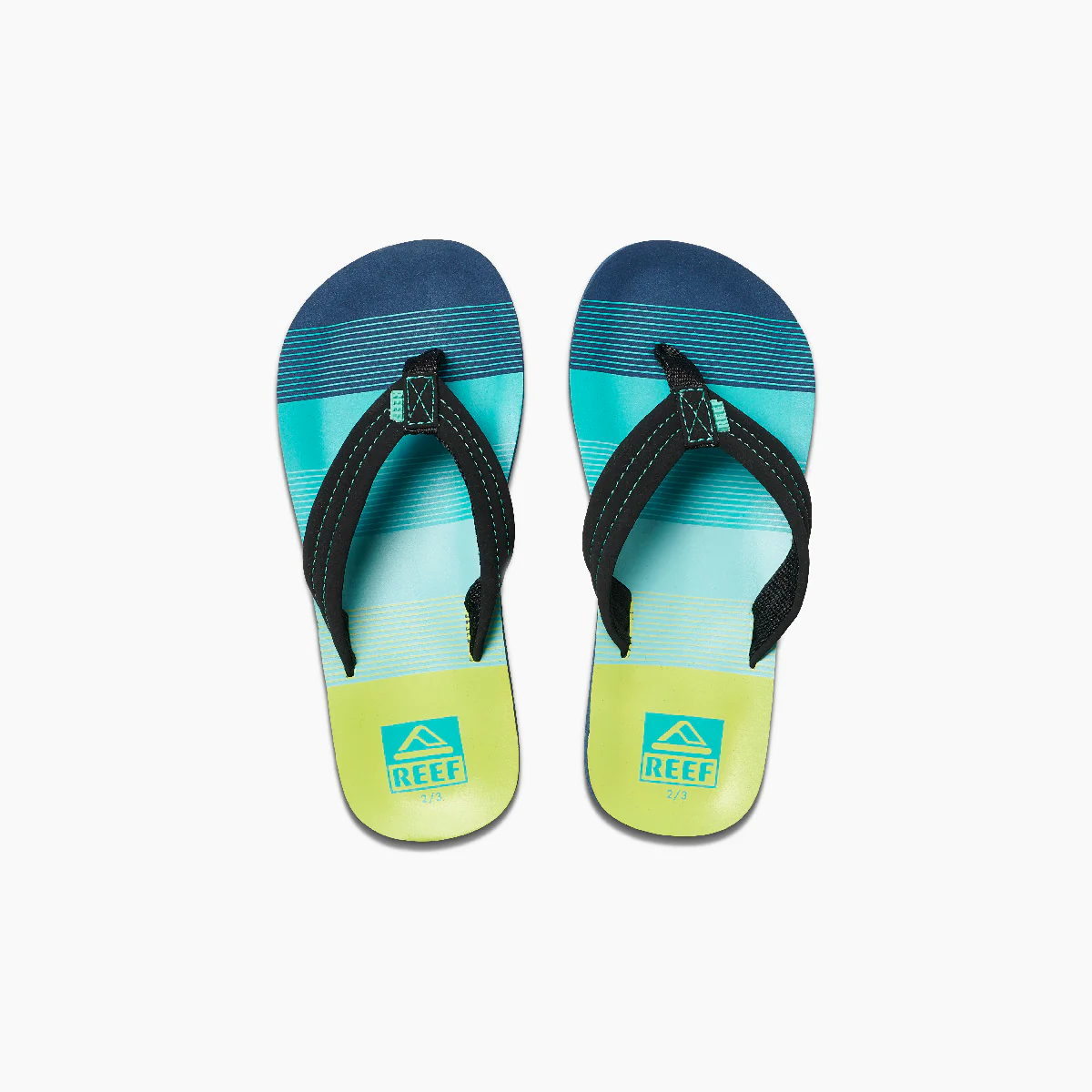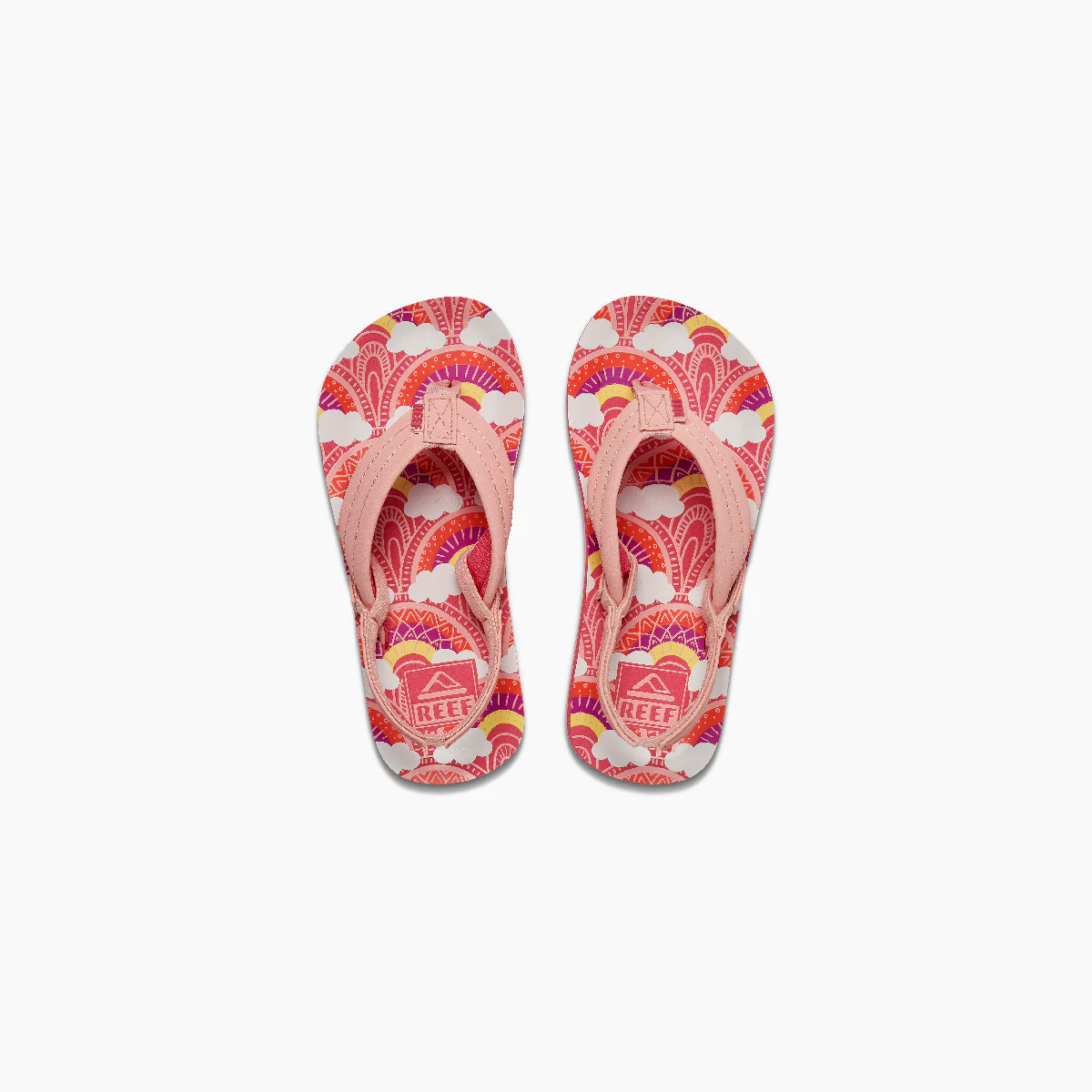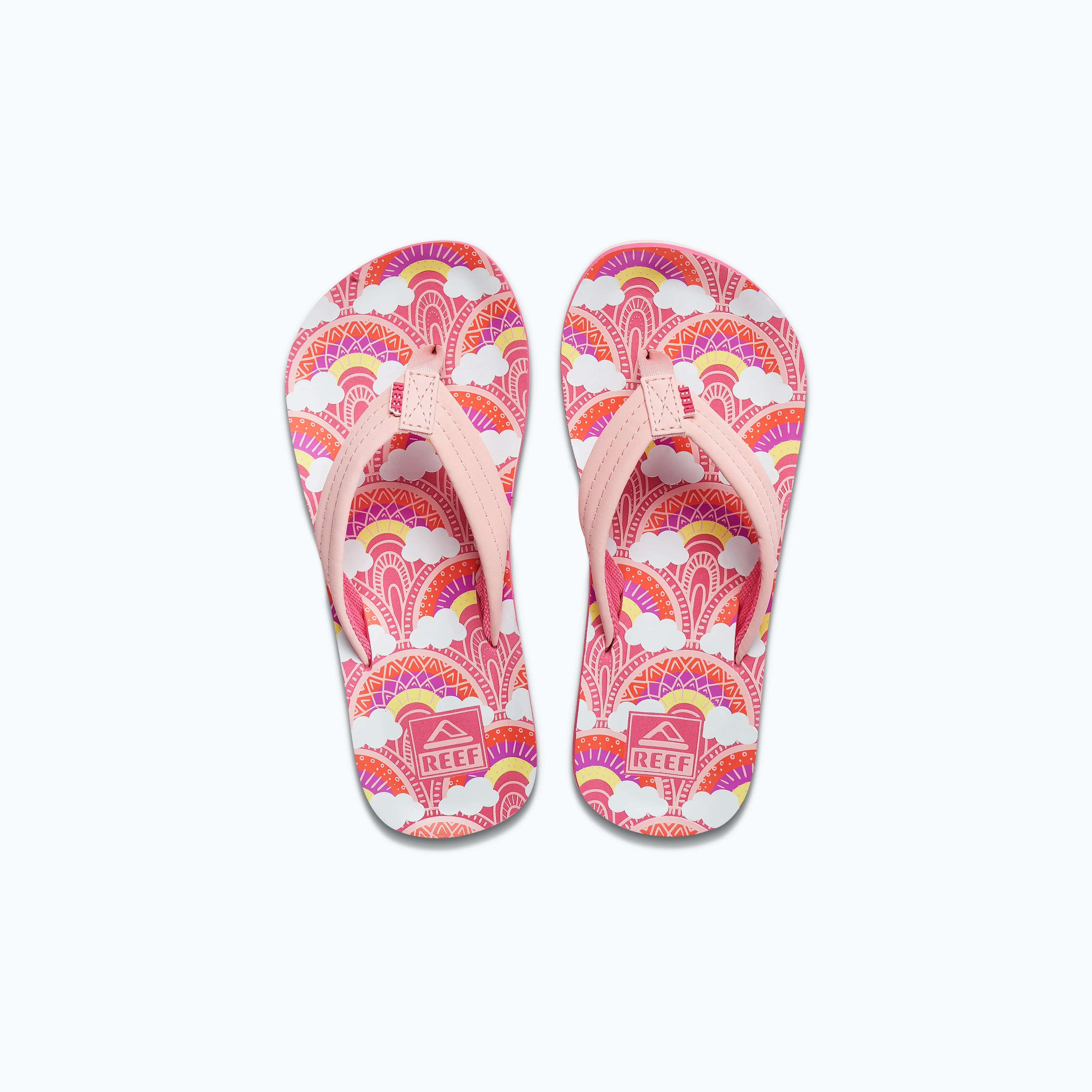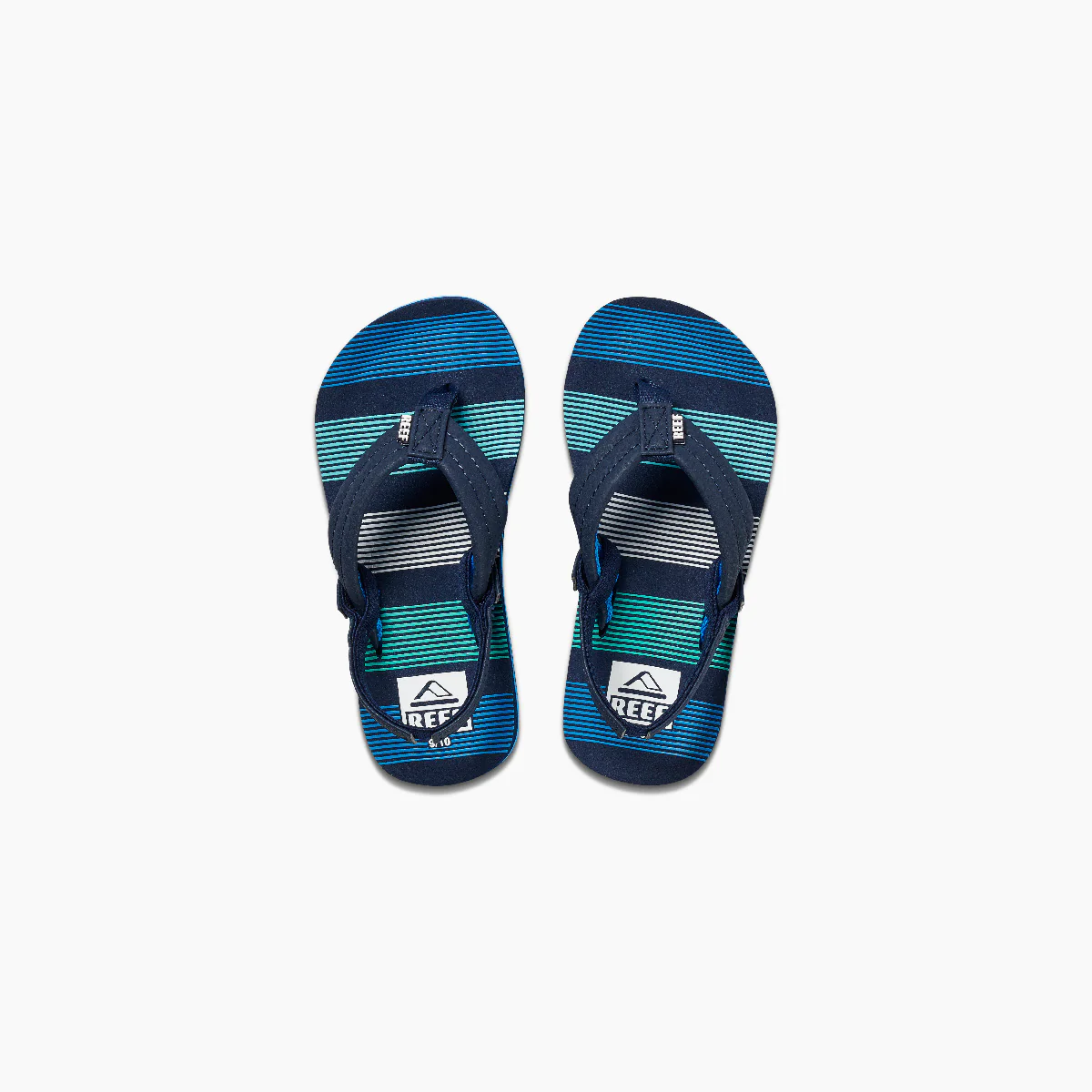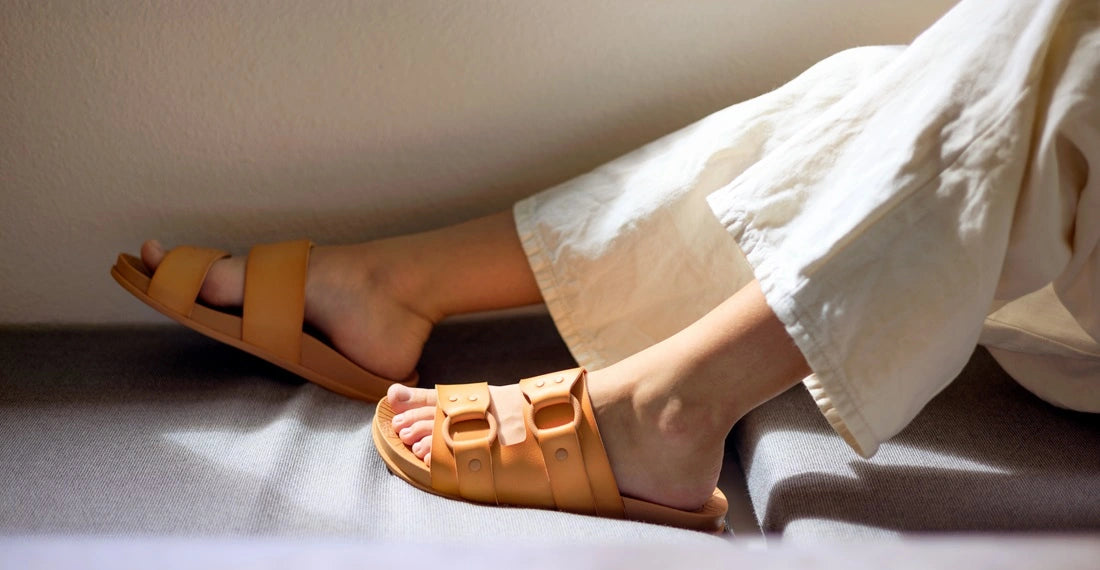Sustainability and ethical material sourcing are finally taking center stage in the fashion industry. One of our favorite growing trends is vegan leather, an alternative to using animal hides in garments, accessories, and footwear. But exactly what is vegan leather? It's a synthetic material that can be made from a number of different biomaterials or synthetic recyclable materials.
How is it different from traditional leather? There are benefits from both an ethical standpoint and an environmental one. Let's dig into how vegan leather is made and why it's an amazing choice for your own footwear.
Understanding Vegan Leather
Faux leathers have been around for decades, but the term vegan leather originated almost 15 years ago. You may also hear other terms used for the same material, including synthetic leather, pleather, or alternative leather. The use of vegan leather began in Germany in the late 1800s. It became increasingly popular during the two world wars when real leather was rationed. Today, it's used by fashion designers all over the world, including Stella McCartney and Matt & Nat. And of course, we at REEF also have our own line of vegan leather footwear.
Vegan leather comes with a number of benefits. For starters, it's an animal-cruelty-free material because it doesn't involve using any hides or skins from livestock.
Not only does that match many people's ethical values, it also means better outcomes for the environment. Traditional leather production often results in hazardous waste products. Raising livestock for leather also takes an environmental toll, using large amounts of natural resources and leaving a huge carbon footprint.
Finally, because it's sourced from more sustainable materials, vegan leather is much less expensive compared to traditional leather. This helps keep costs down without sacrificing quality in your closet.
What is Vegan Leather Made Of?
There are many different materials that can be used to produce vegan leather. Some are synthetic, while others are plant-based. Here's an overview of what vegan leather is frequently made from.
Polyurethane (PU) and polyvinyl chloride (PVC): These synthetic materials are derived from recycled plastic and have the greatest negative impact on the environment out of all your vegan leather options. The materials come from fossil fuels and don't break down easily at the end of their life cycles. And in PVC vegan leather, phthalates may be used to make the fabric more flexible. These are chemicals that cause toxic pollution during the production process and may even be harmful to the end consumer wearing the material.
Plant-based alternatives: Luckily, there are much more eco-friendly vegan leathers to choose from that are made out of plant-based alternatives. Recent innovations include using the following materials:
- Cork
- Pineapple leaves
- Cactus
- Mushrooms
- Coconut husks
- Mango peels
- Apple peels
- Seaweed
- Kombucha scobie
And even better is that the parts of these plants are sourced from the food industry and otherwise would have been thrown away as waste. Plant-based vegan leather is a double win for the environment!
Environmental Impact
We've briefly touched on the environmental benefits of choosing vegan leather goods over traditional leather, but let's take a deeper dive into the true impact when you go animal-free.
Cattle ranching takes a huge toll on the environment. Many areas, particularly in Brazil's Amazon rainforest, have been deforested in order to make room for cattle pastures. What's more disturbing is that much of this land is illegally deforested to create new ranches.
Not only does rainforest deforestation destroy entire ecosystems, it also has an impact on the world at large. The Amazon is responsible for releasing billions of tons of water into the atmosphere each day and it stores immense sums of carbon. Relying on leather produced from these areas has huge implications for the future of our planet.
Increasing the demand for vegan leather is an obvious solution to this problem in the long-term. But it's also important to make sure the production and disposal processes are done in a way that doesn't hurt the environment. Synthetic vegan leathers are made from non-renewable resources and the end product made from PVC and PU is essentially plastic and can't break down. Advocating for plant-based vegan leather is the best choice when making purchasing decisions.
Is Vegan Leather Durable?
There have been many advancements in order to make vegan leather that is durable and flexible. Materials are layered and pressed together in order to lengthen the lifespan. There's also a water-resistant layer on the outside so you get the same weather-proof effect as you would with traditional leather.
While vegan leather may feel lighter than the real thing, it is actually more resistant when it comes to scratching. One thing that can be impacted by the quality of vegan leather is abrasion — that's the surface wearing off due to friction. Today, manufacturers fuse materials together for a lasting appearance. Other factors impacting the durability of vegan leather products (and traditional ones for that matter) include the glues and stitching.
Finally, while traditional leather tends to develop a different color as it ages, you won't find the same problem with vegan leather. It may not last as long as regular leather, but by choosing high quality products and taking care of your vegan pieces, you'll enjoy a substantial lifetime.
Caring for Vegan Leather
Taking care of your vegan leather extends the longevity of your pieces, which also adds to its sustainability. Here are some tips to keep your vegan leather looking clean and fresh.
- Moisturize your vegan leather: Just like real leather, vegan alternatives tend to dry out which can lead to cracking. Use baby oil or a honey-based wax product designed for leather and rub it into the material gently. Do test a hidden area before you go all out, in case an discoloration occurs.
- Wipe down with a gentle mixture: Clean your vegan leather materials on a regular basis with a gentle mix of just soap and water. Dampen a cloth to wipe your piece, whether it's shoes or a purse. It keeps the surface area looking bright and clean and kills any germs that have accumulated during use.
- Store in a dry area: Choosing the right storage area also helps your vegan leather last while looking great. Pick a spot that doesn't have much humidity. Also leave space between items so they don't rub against each other. Not only can it cause the surface to wear, it can also cause color transfer.
Final thoughts
Not all vegan leathers are the perfect solution to replacing traditional leathers. But they're still an incredible option to lower the demand for using animals. And the outlook for the environment looks better and better as new technologies emerge to strengthen plant-based vegan materials with a low carbon footprint.
Snag your favorite pair of REEF vegan leather options and check out our commitment to sustainability.

